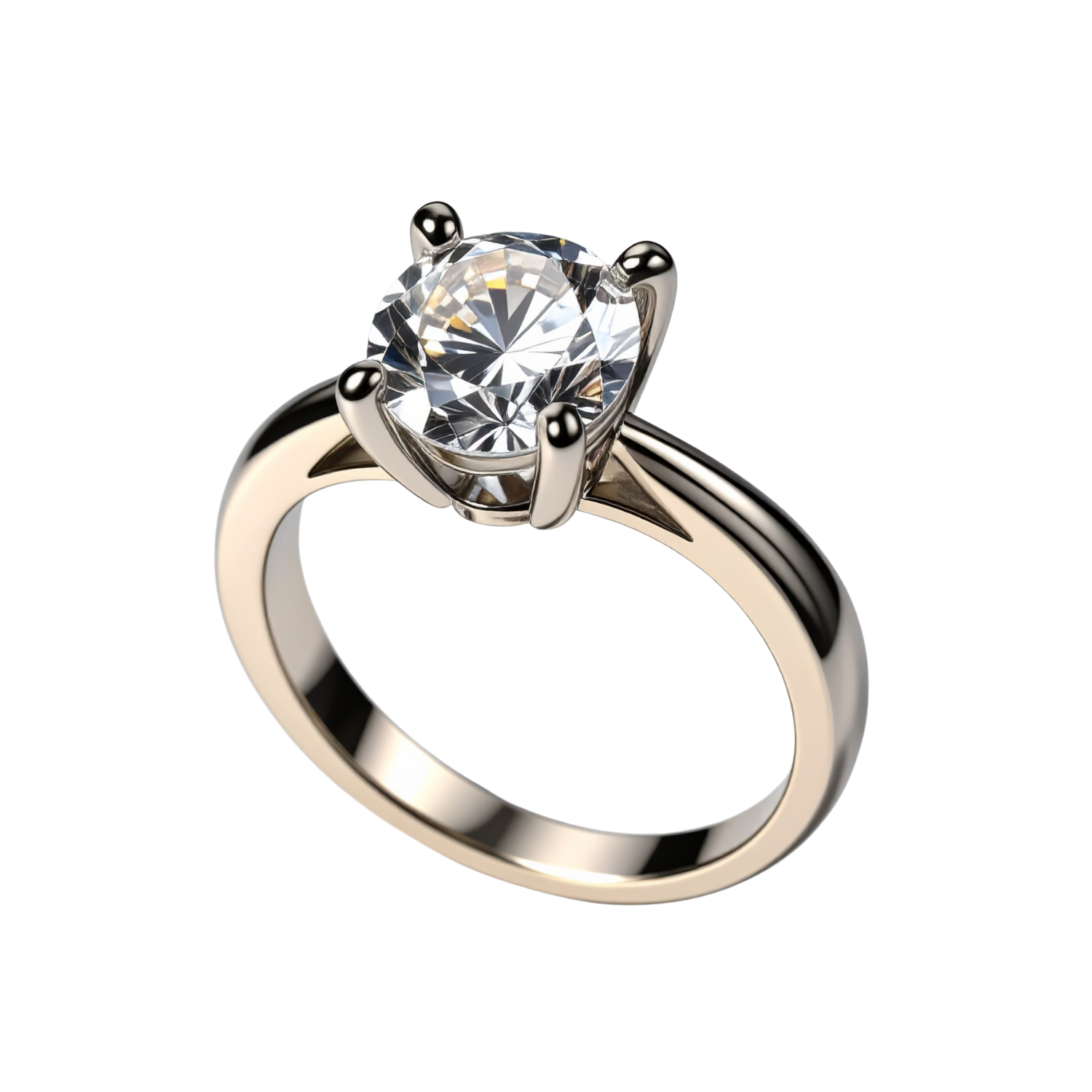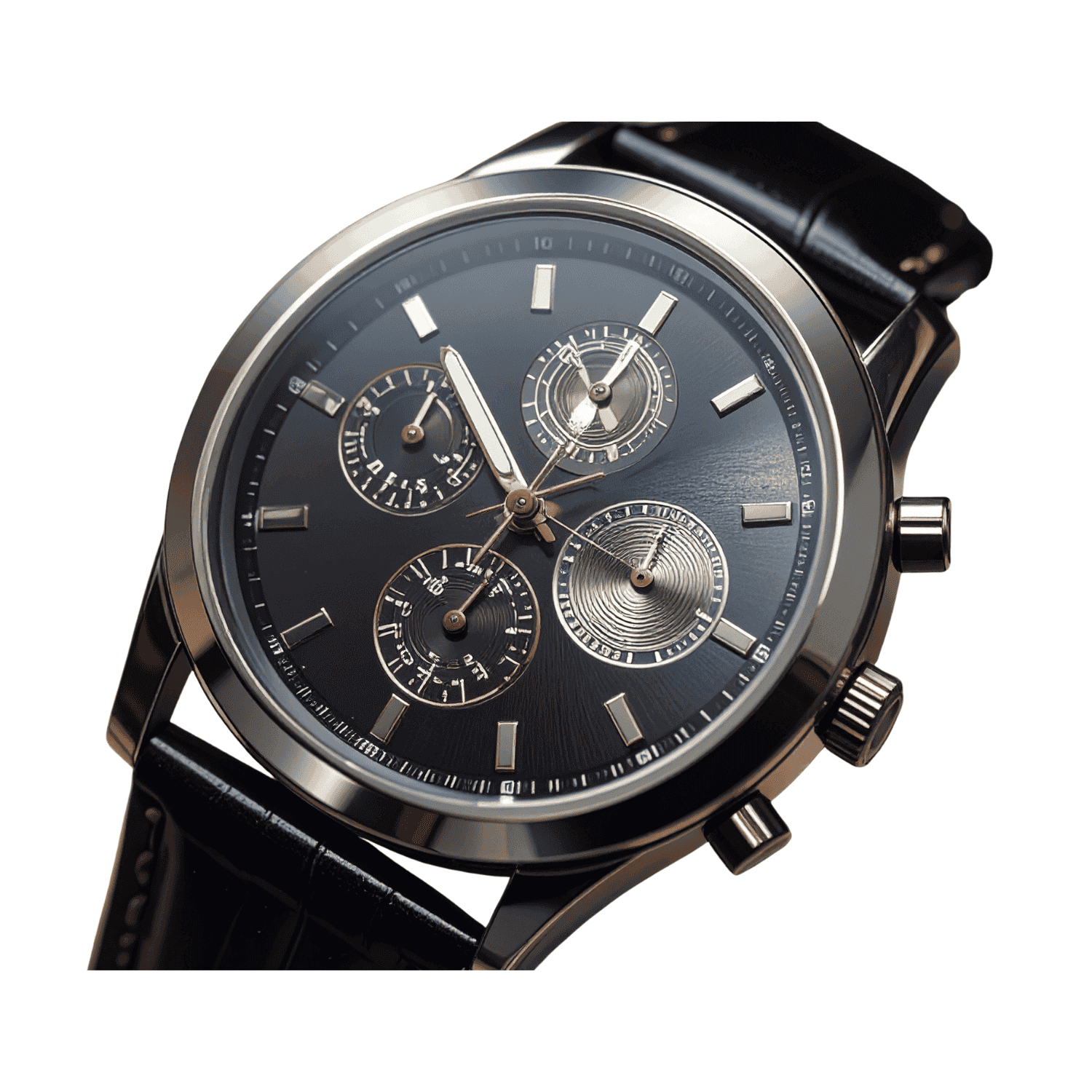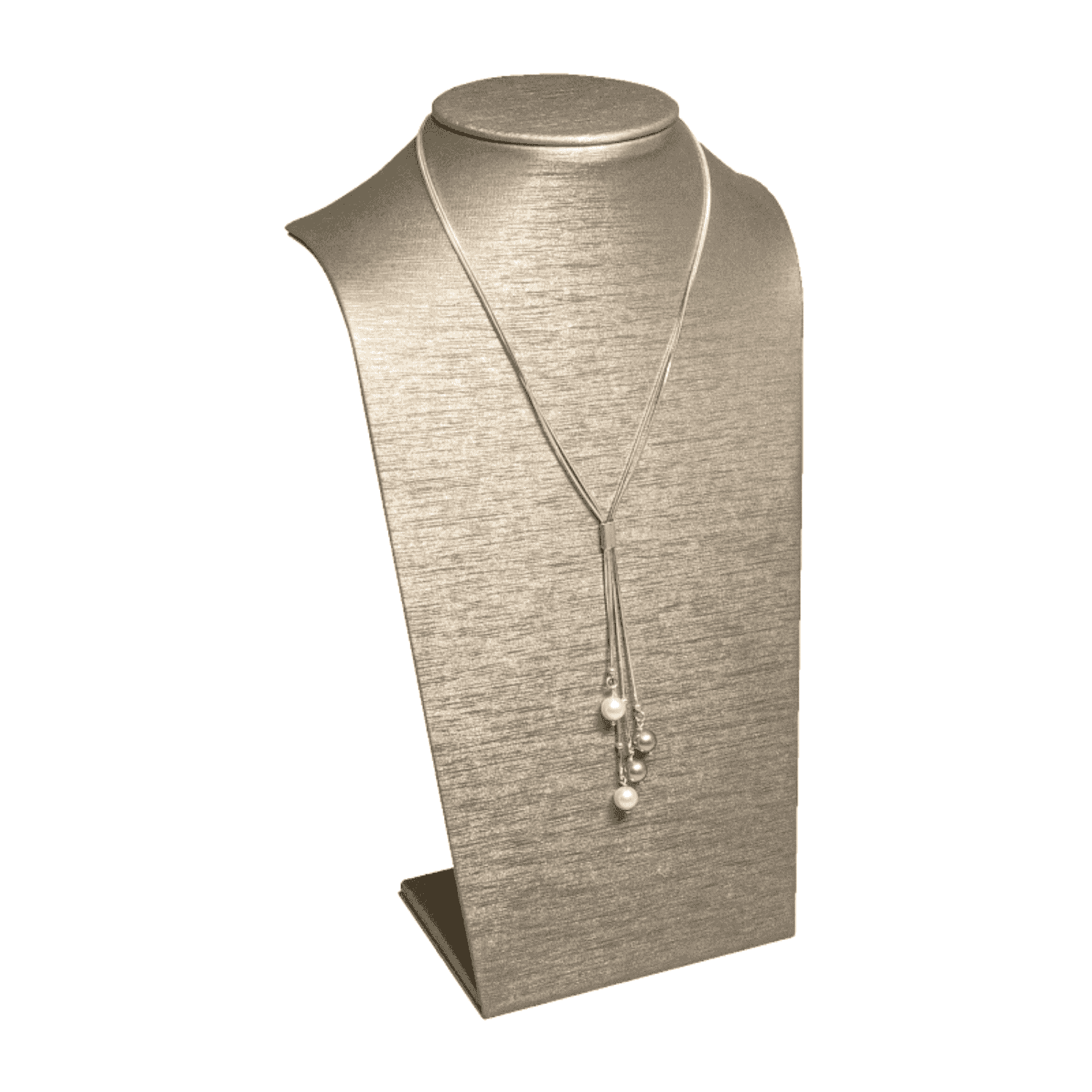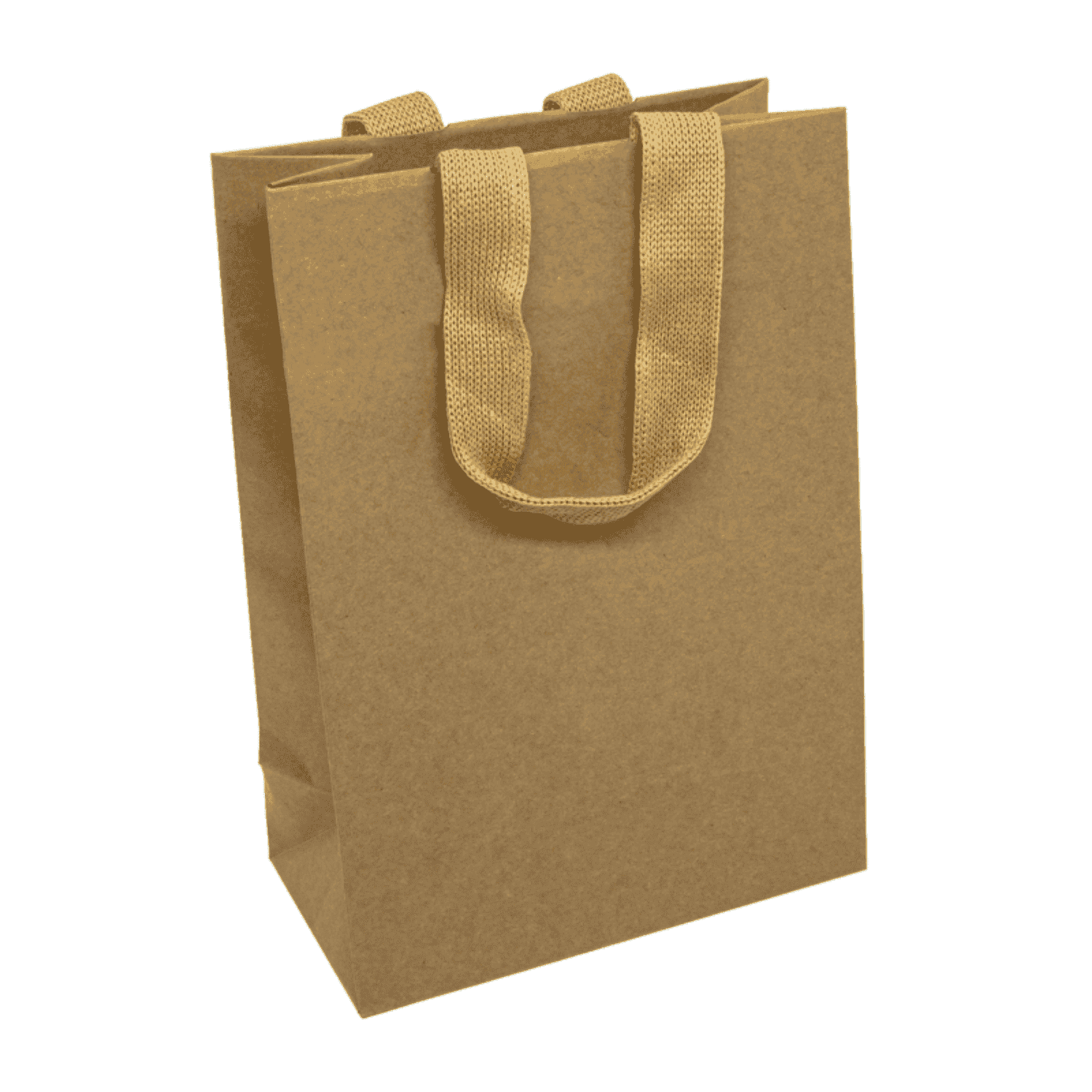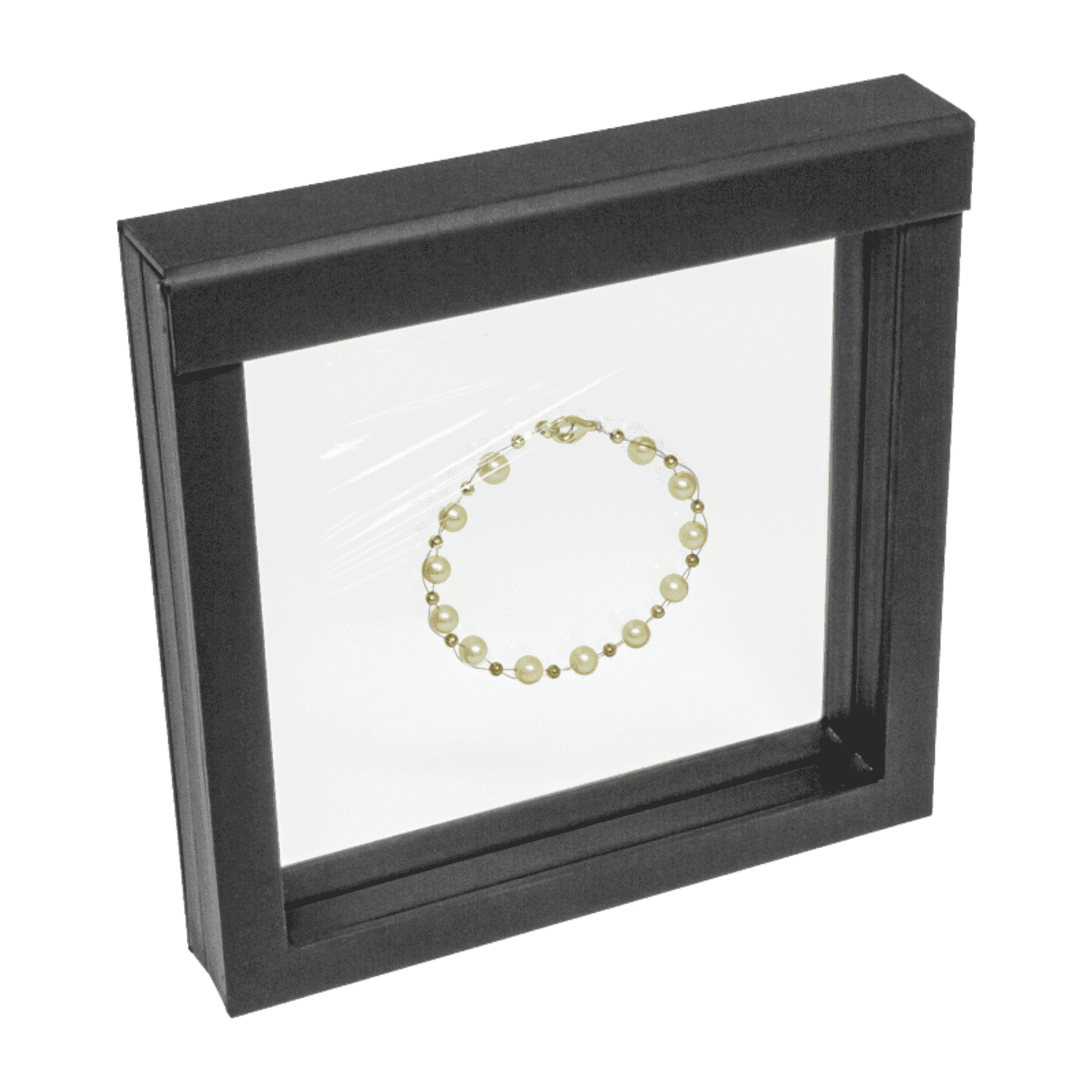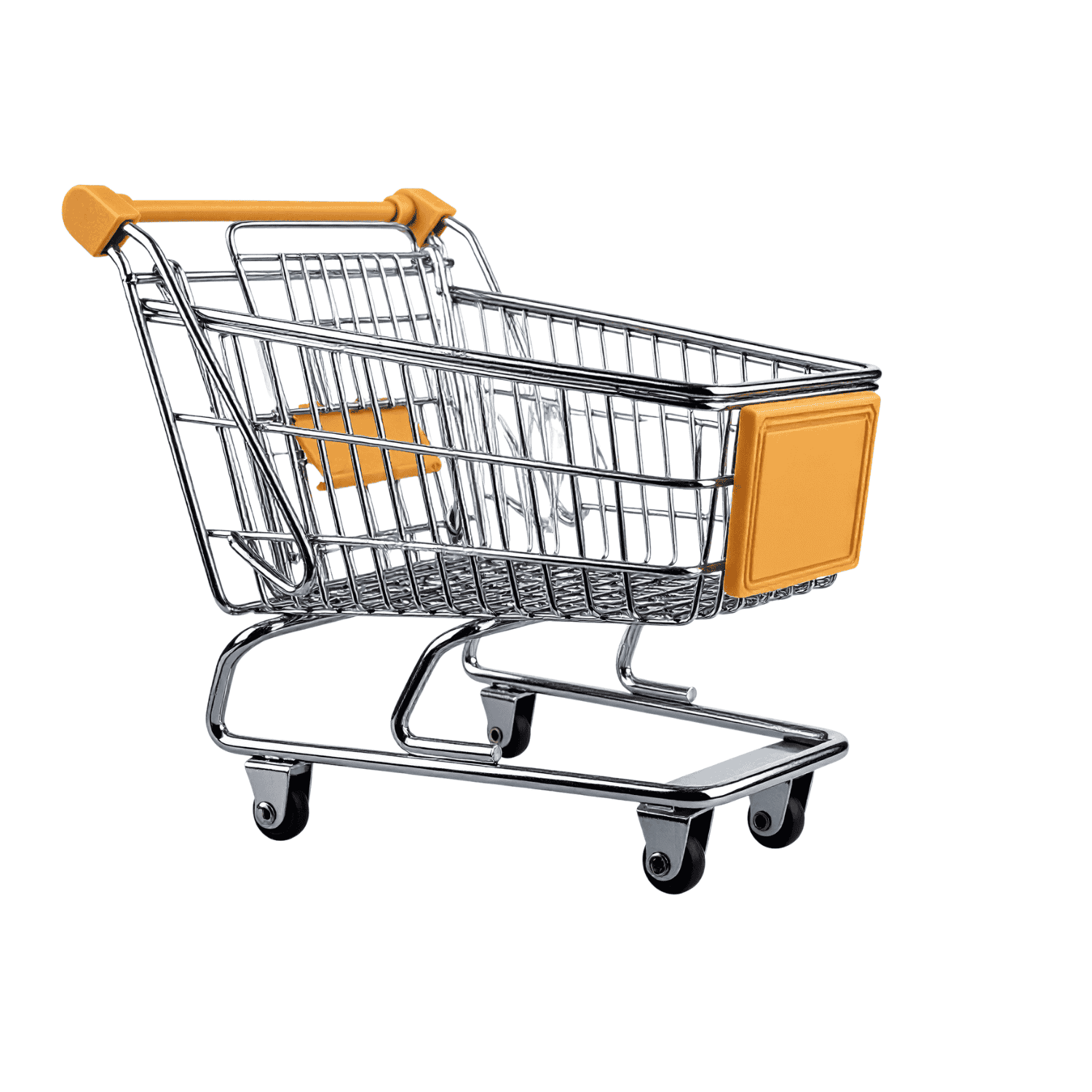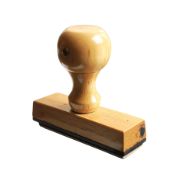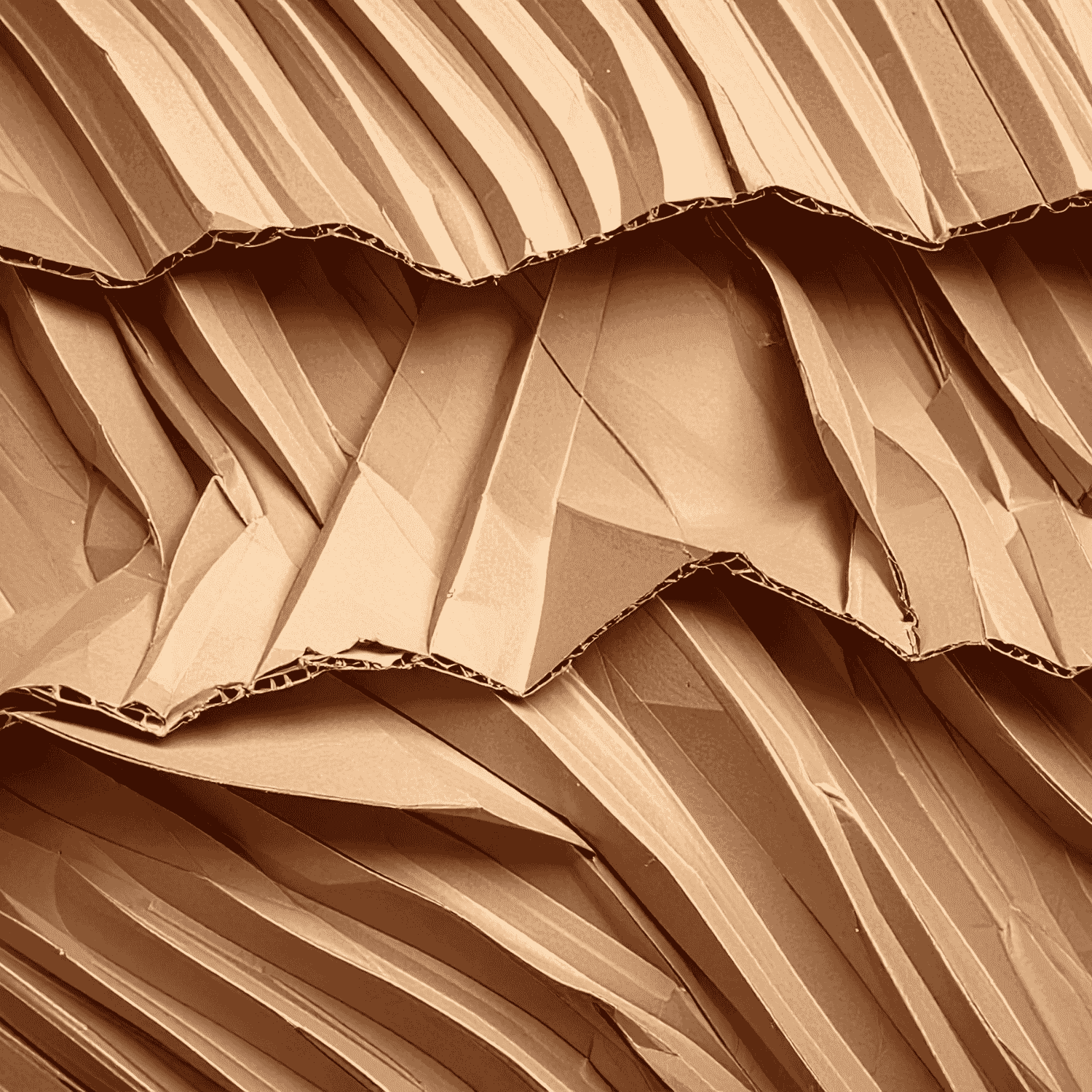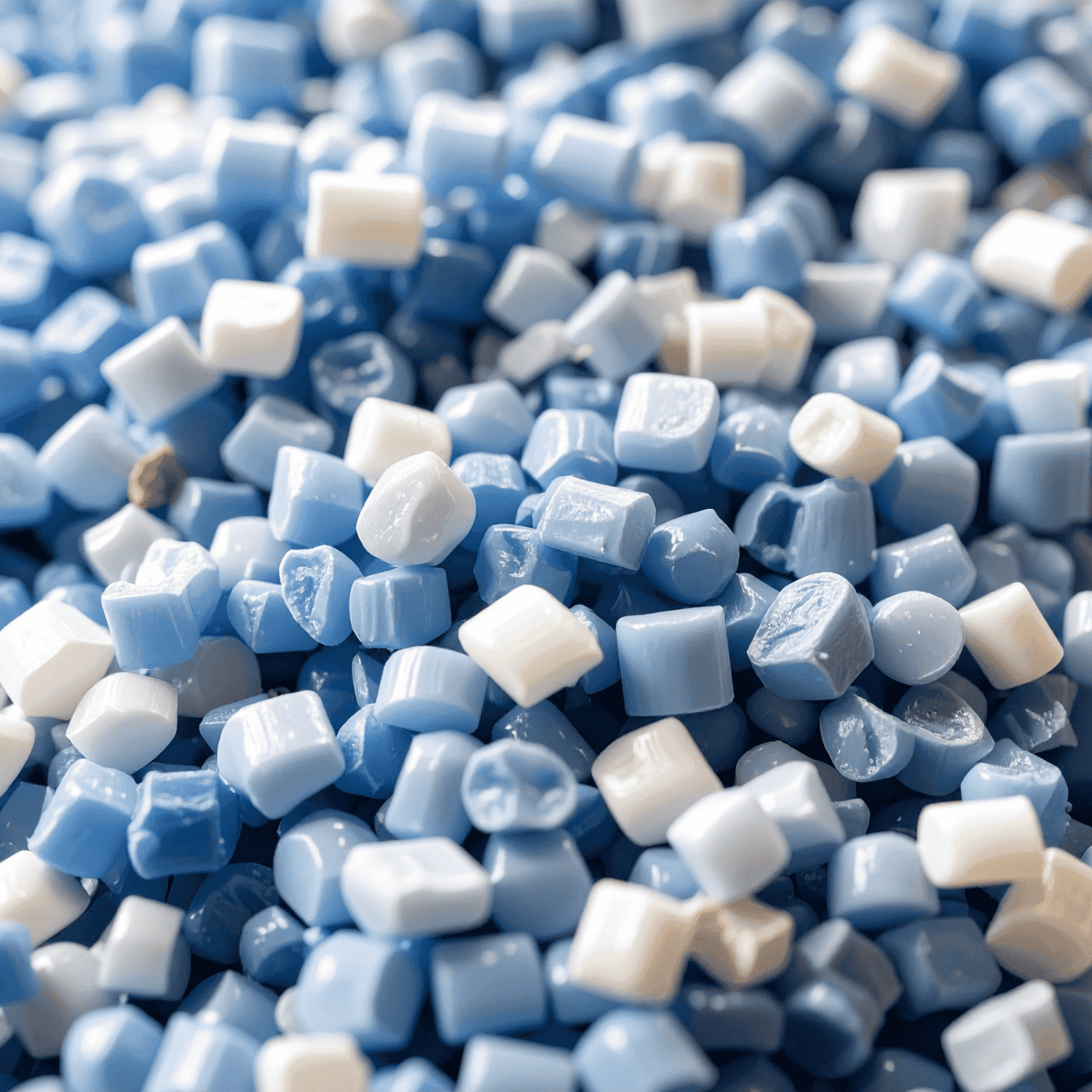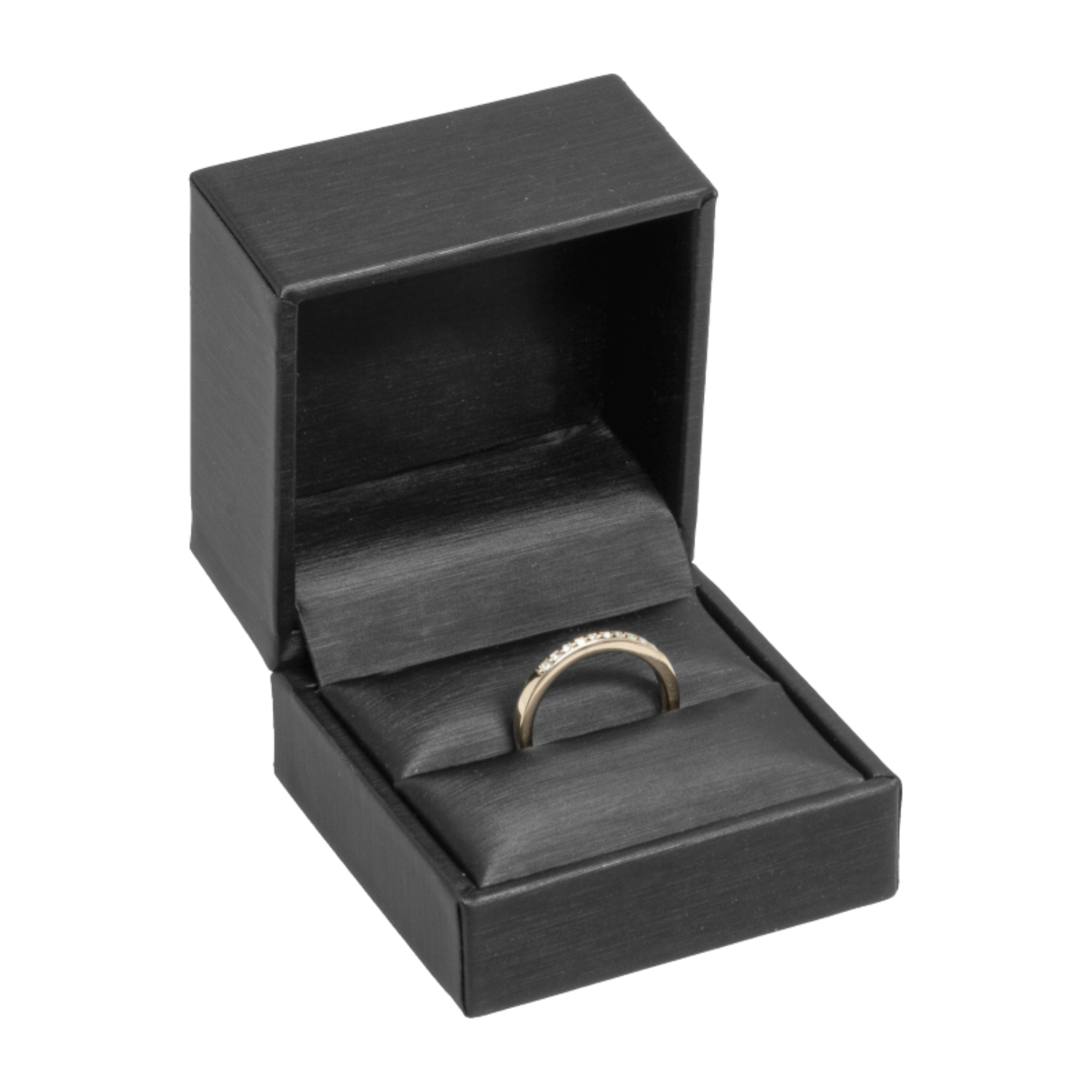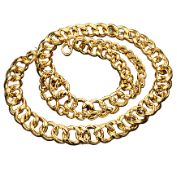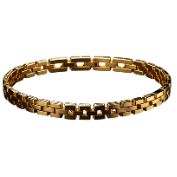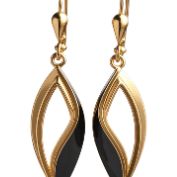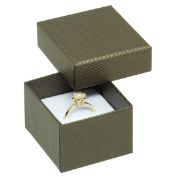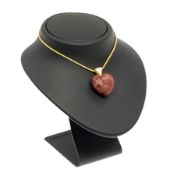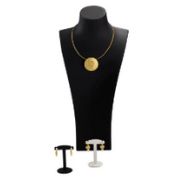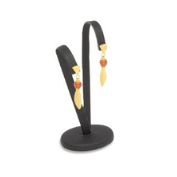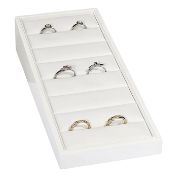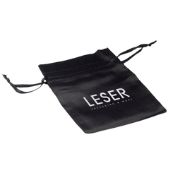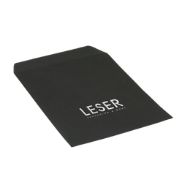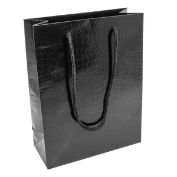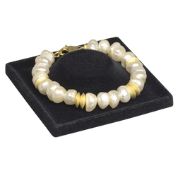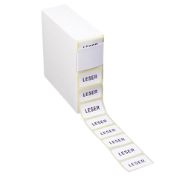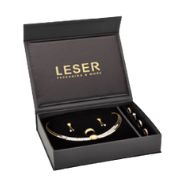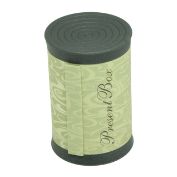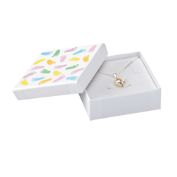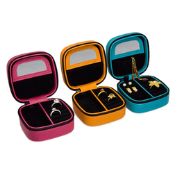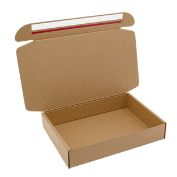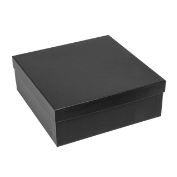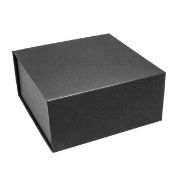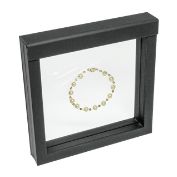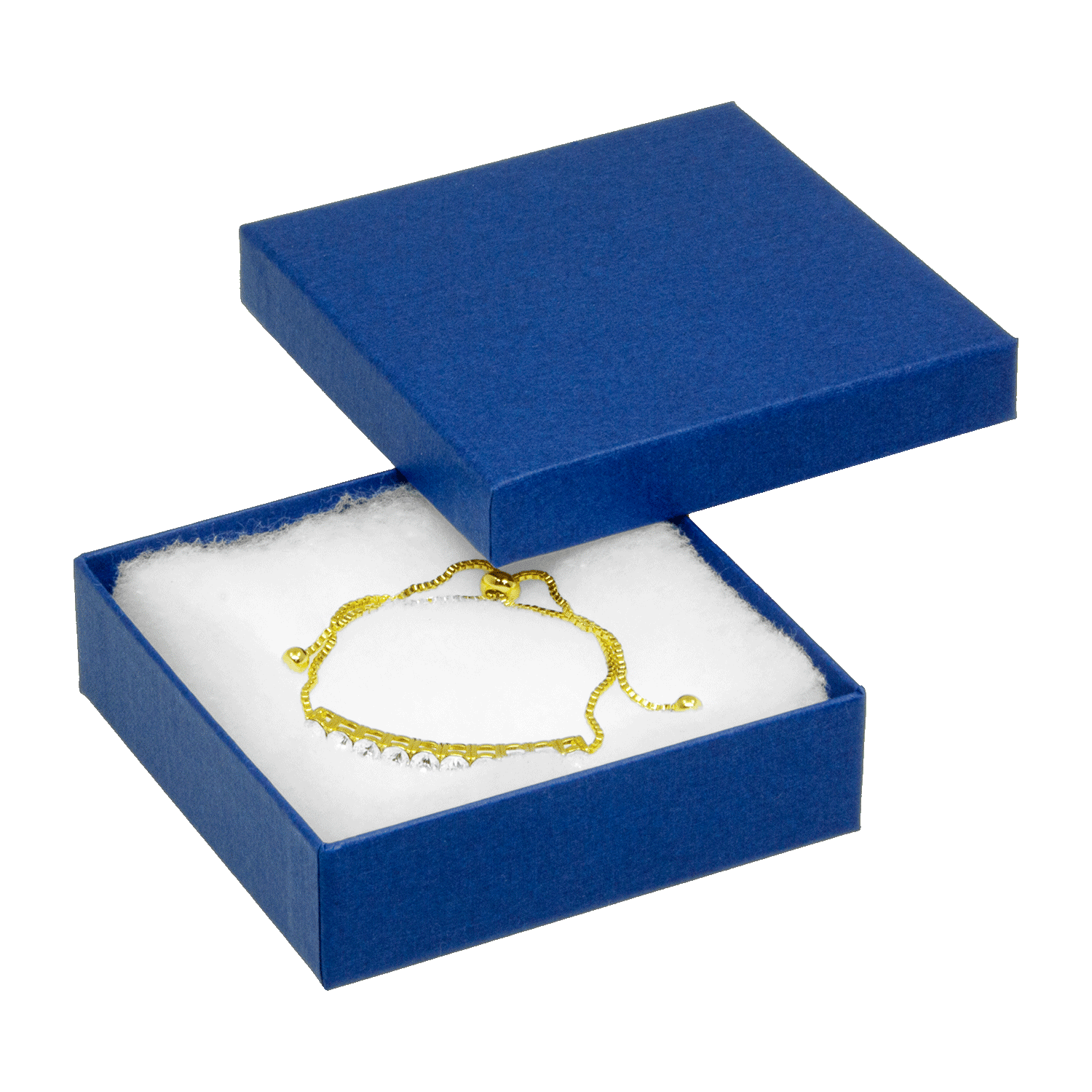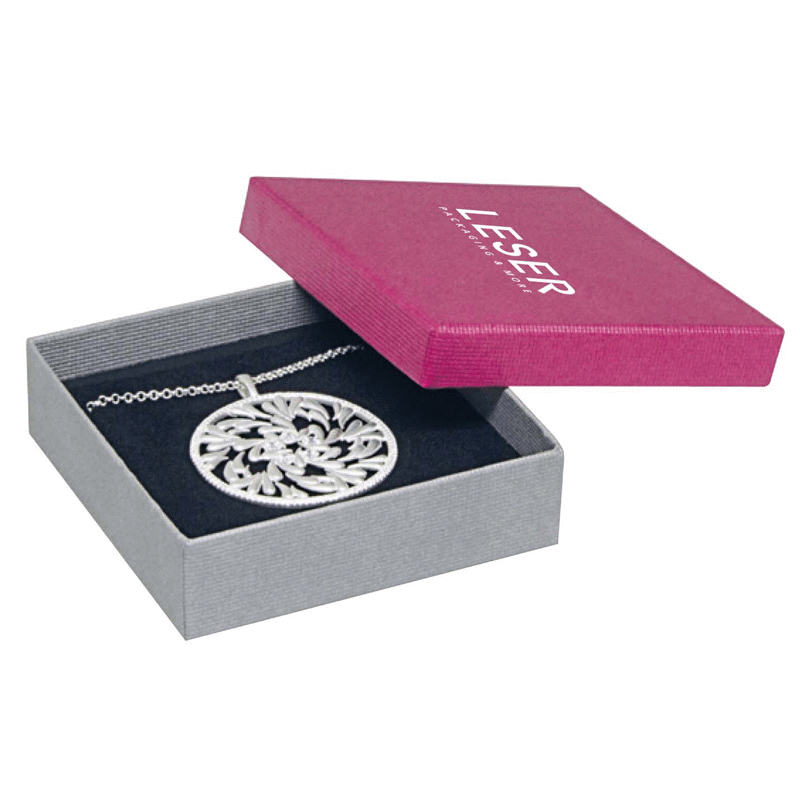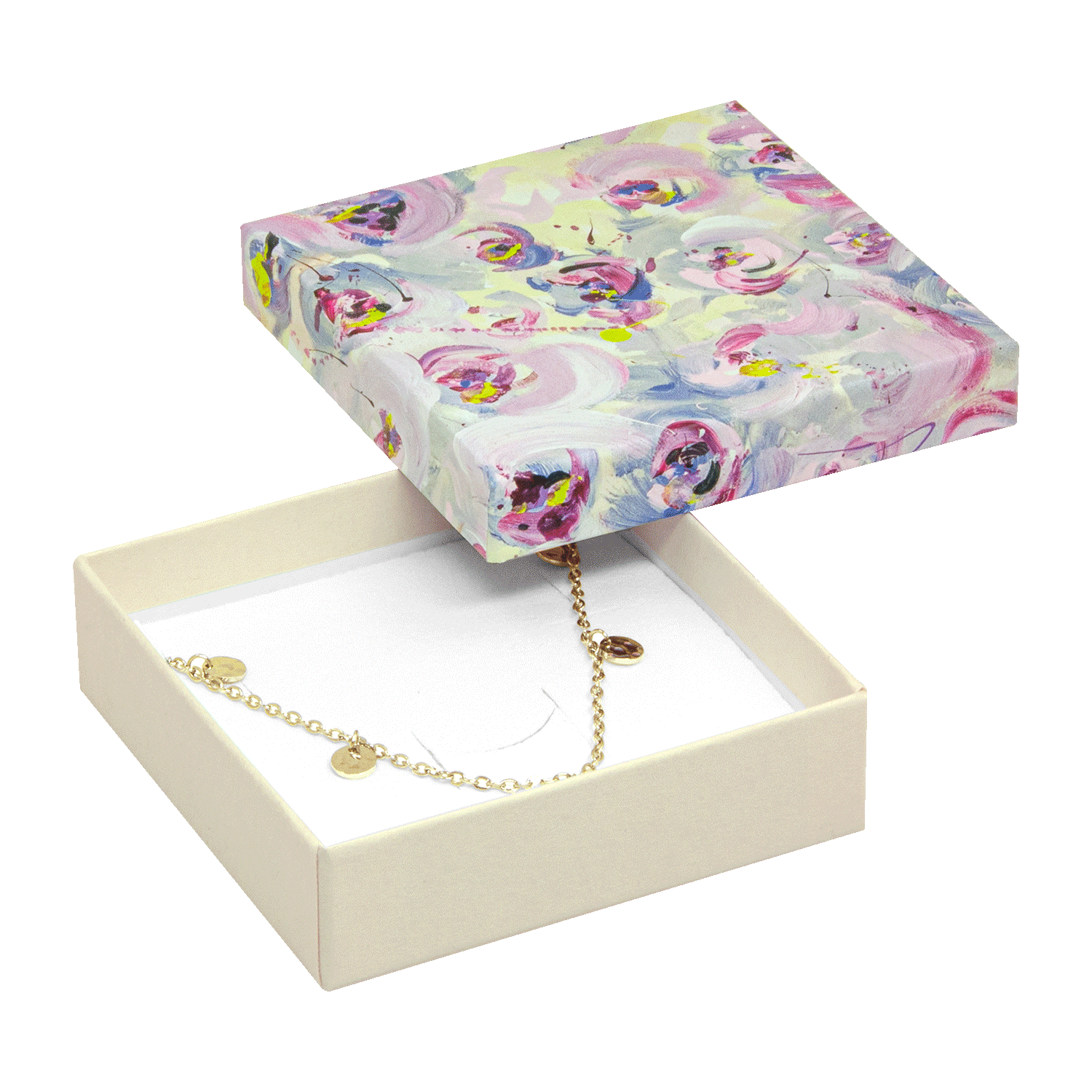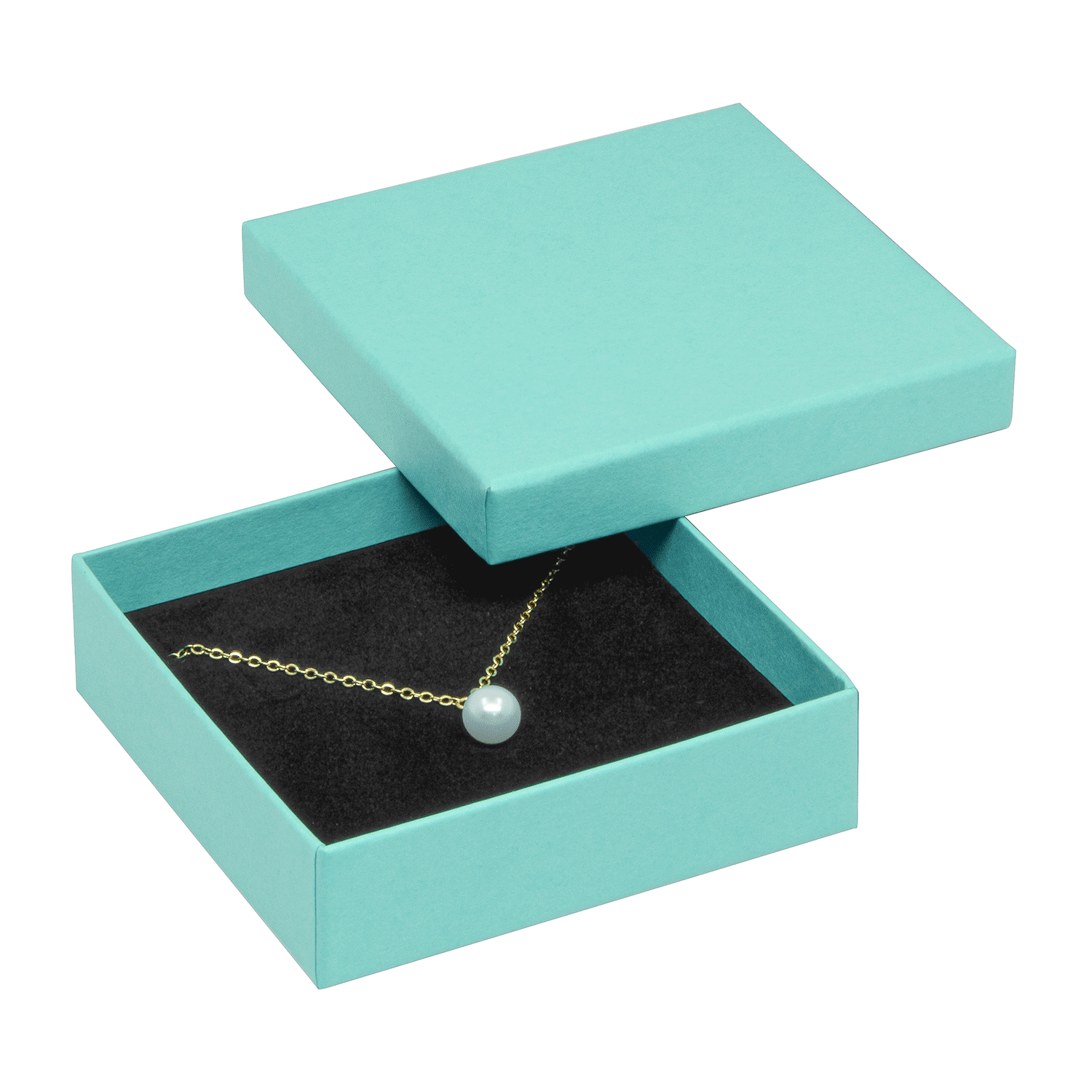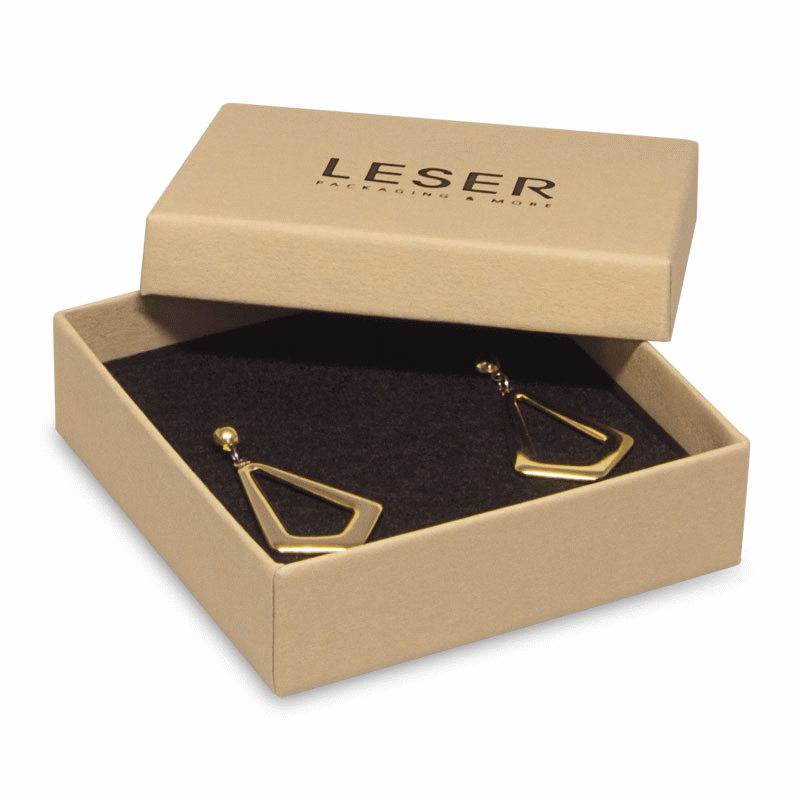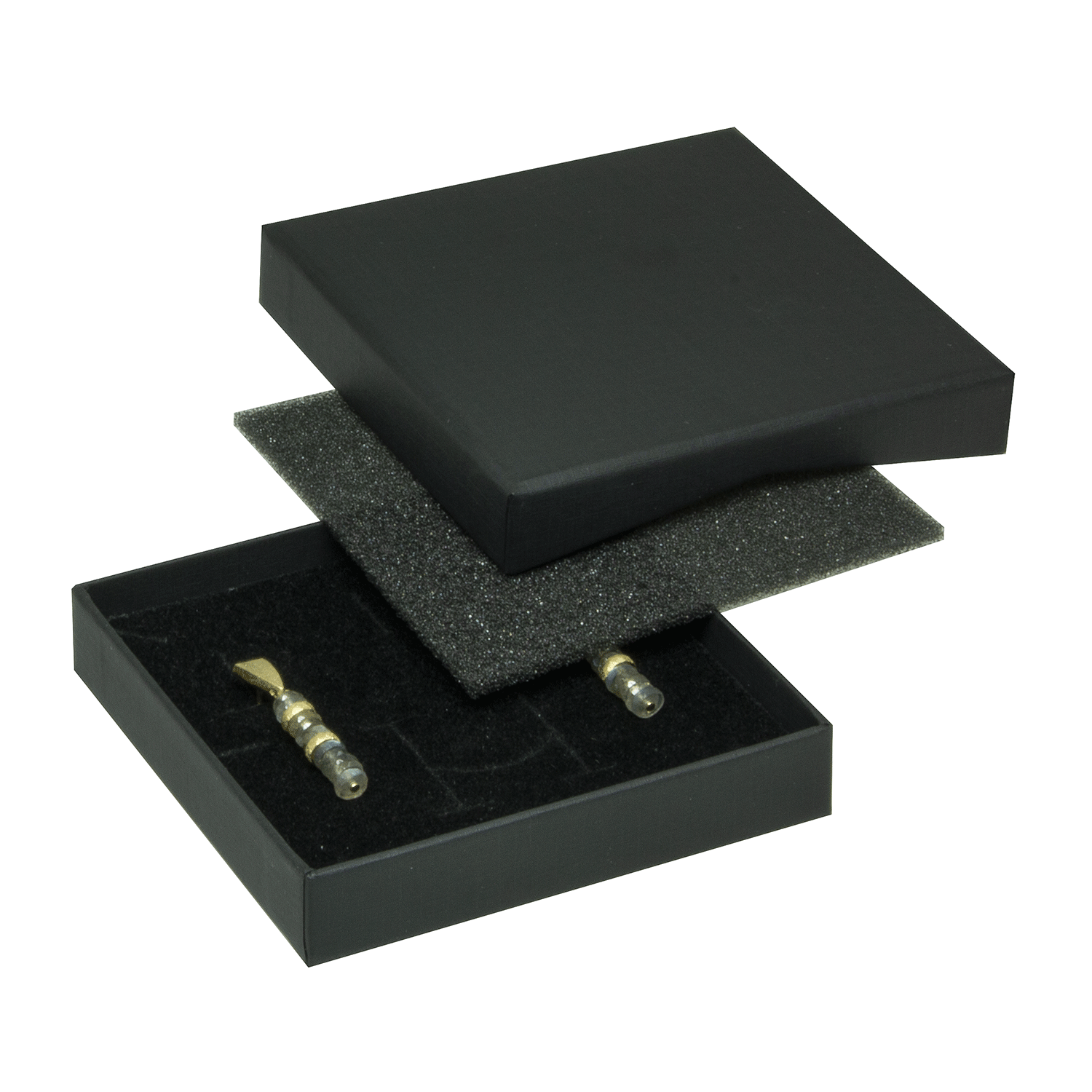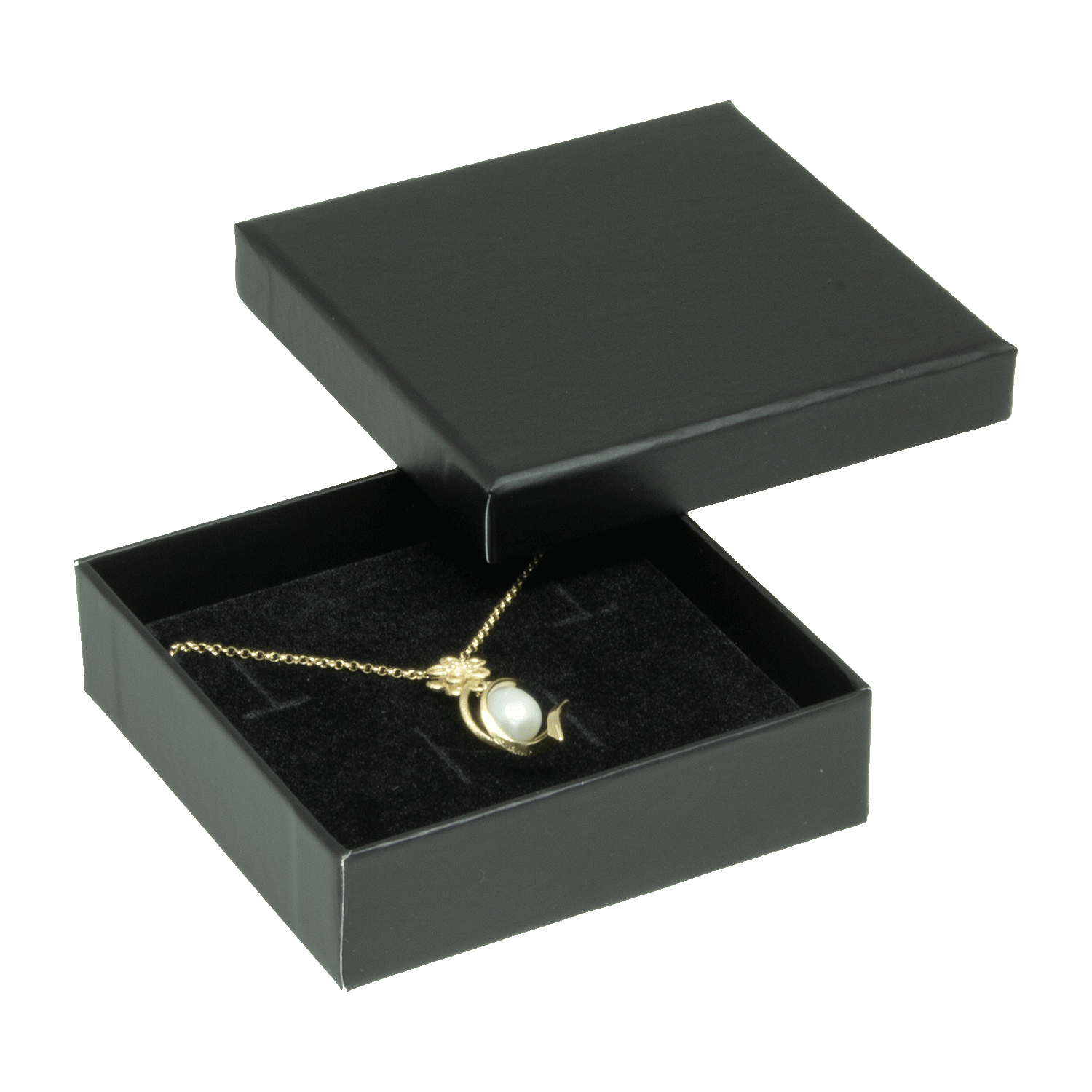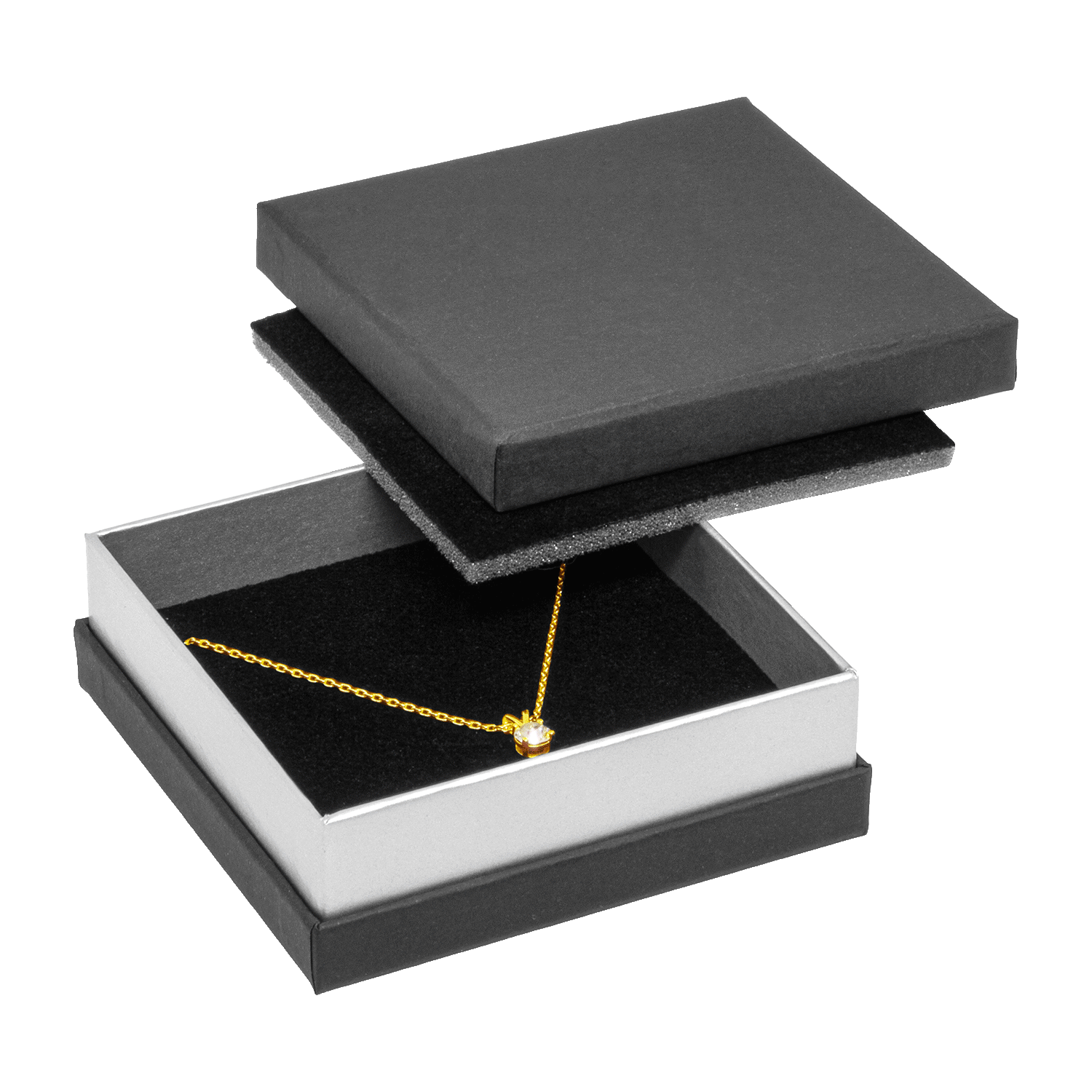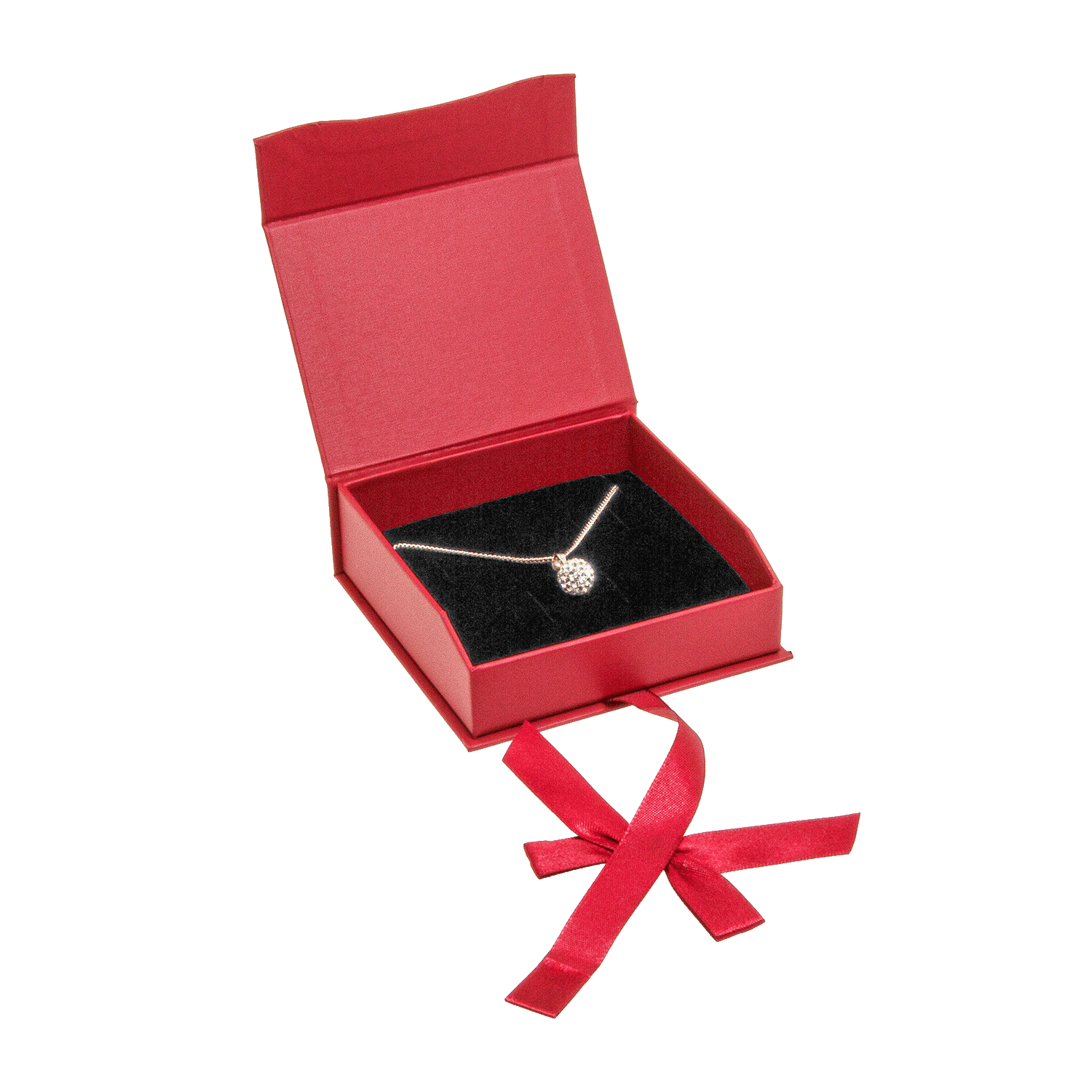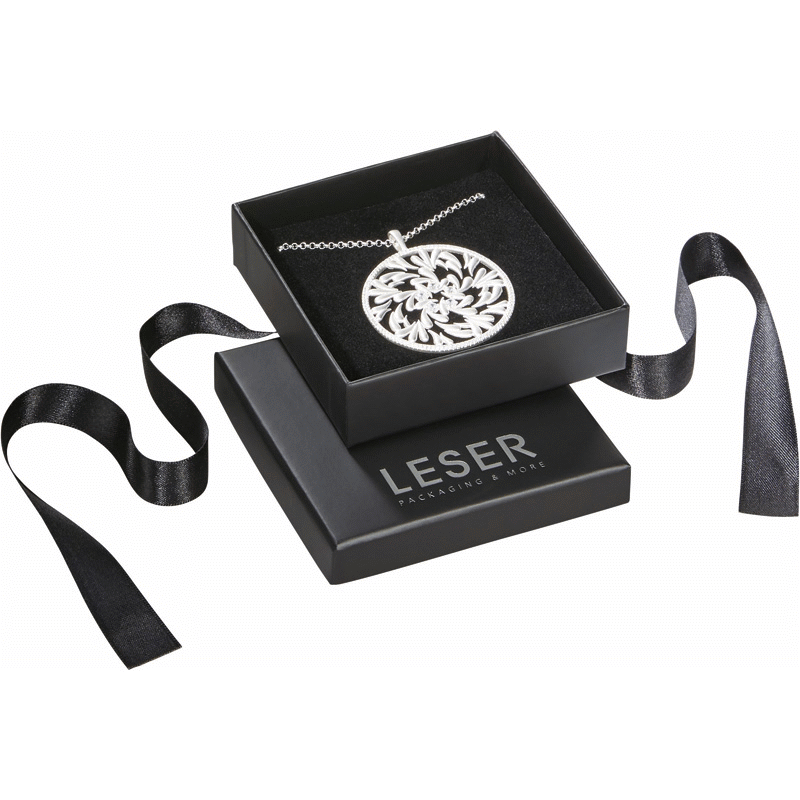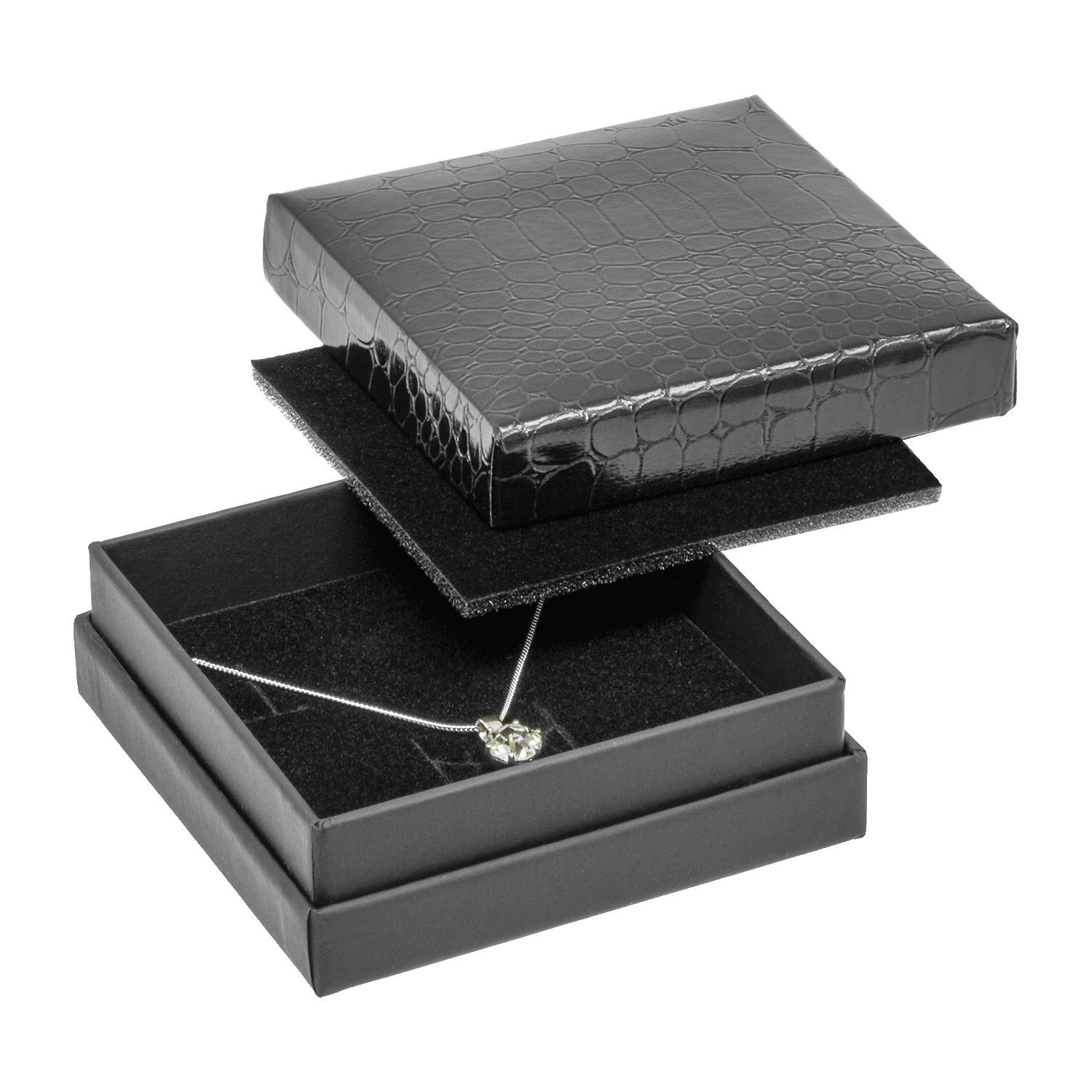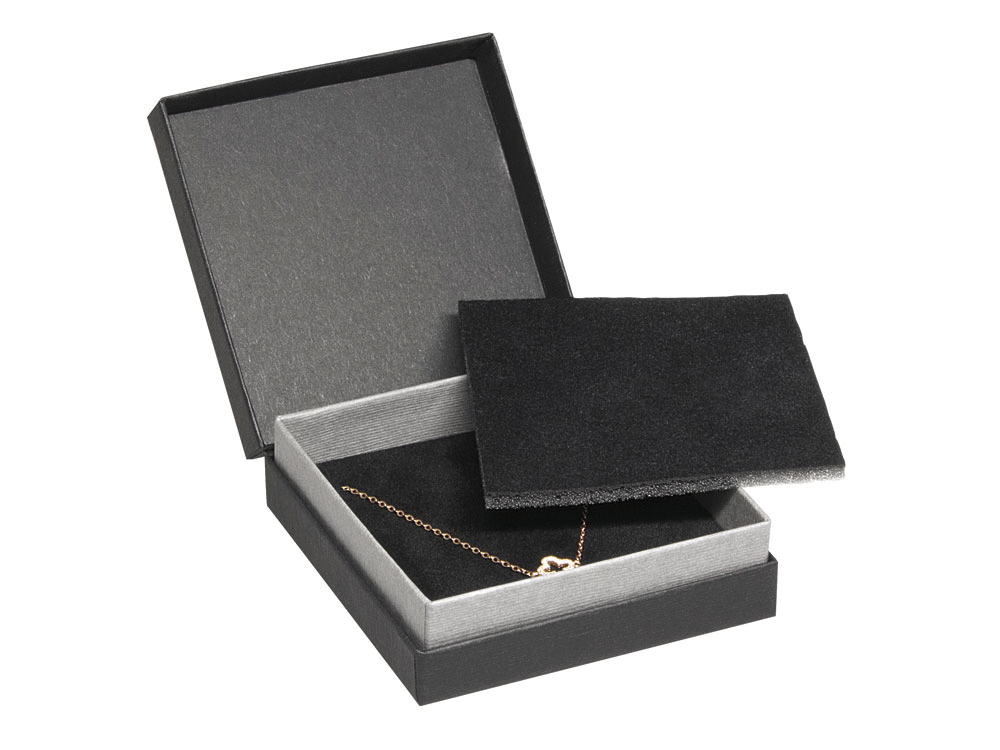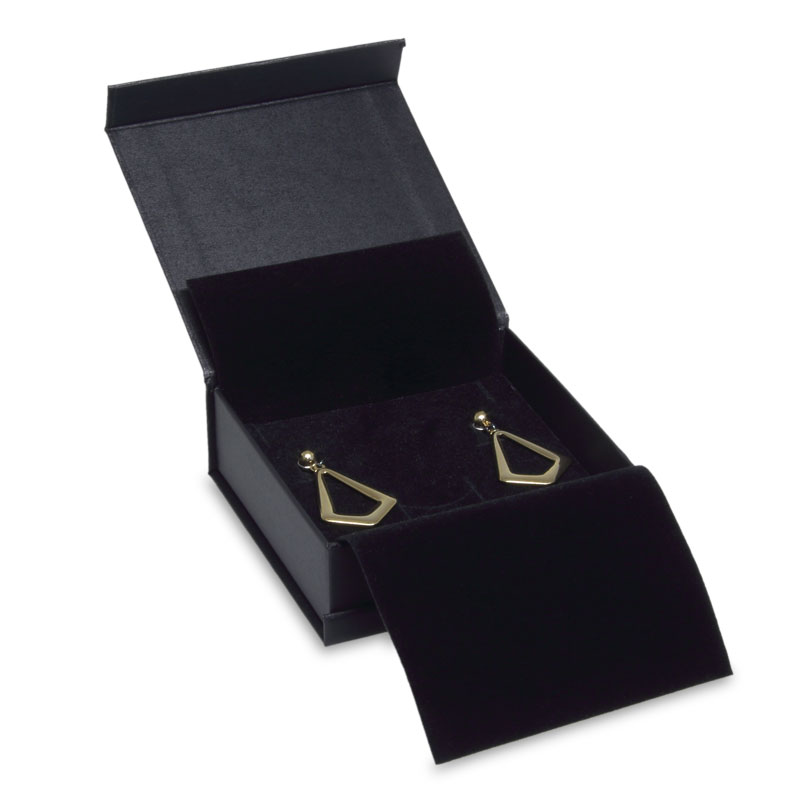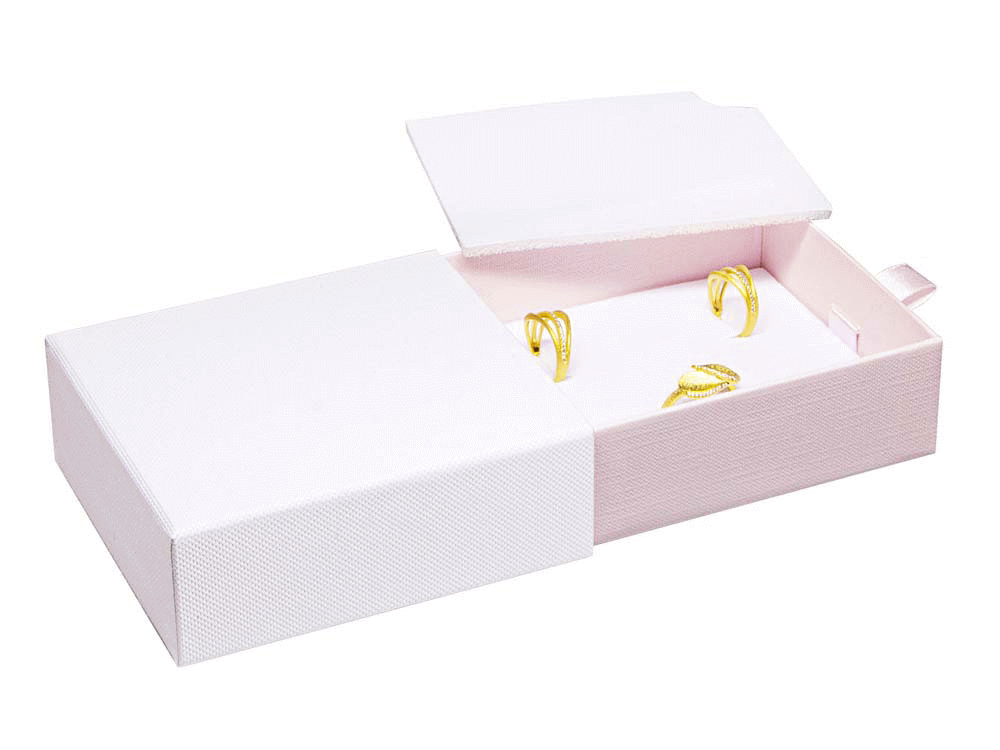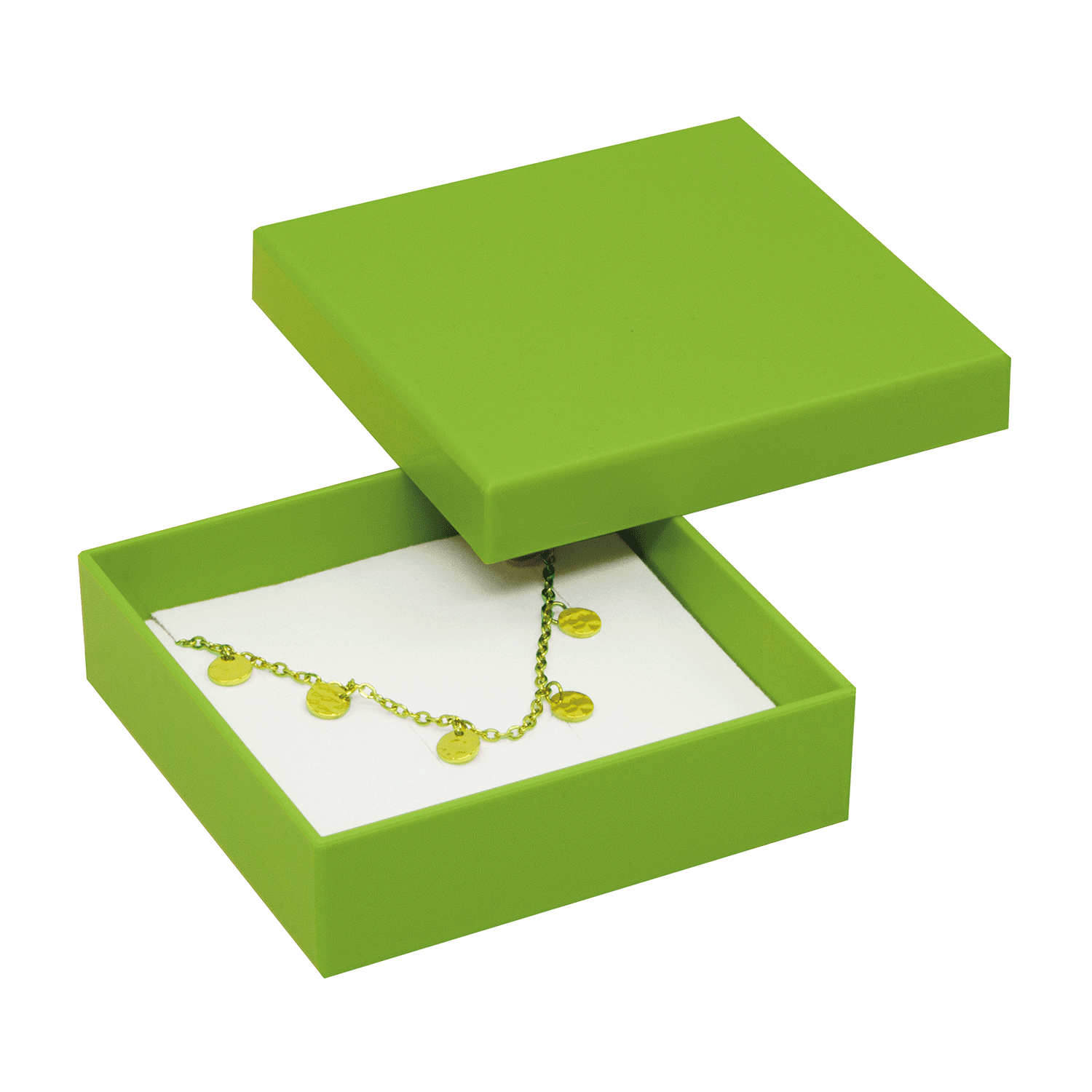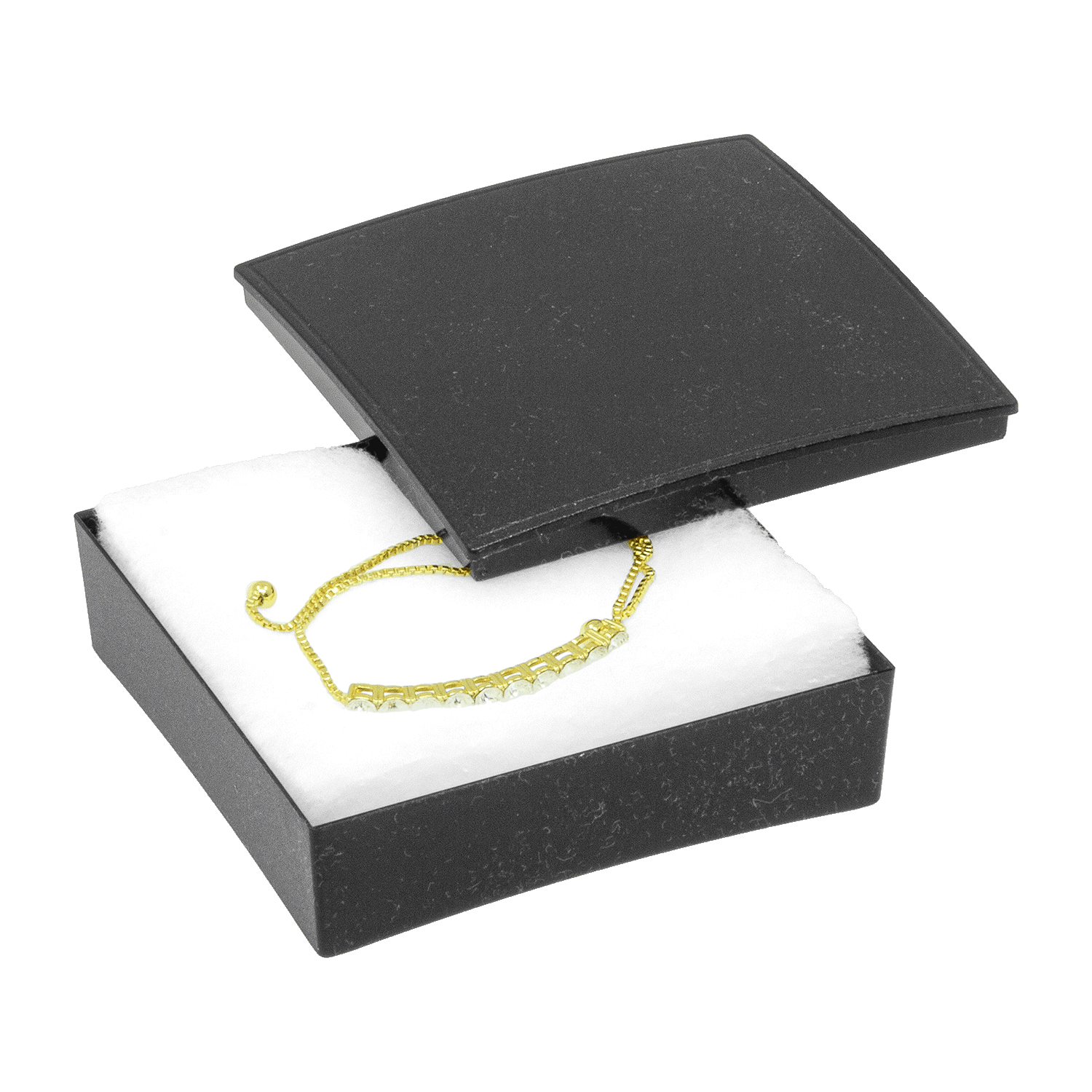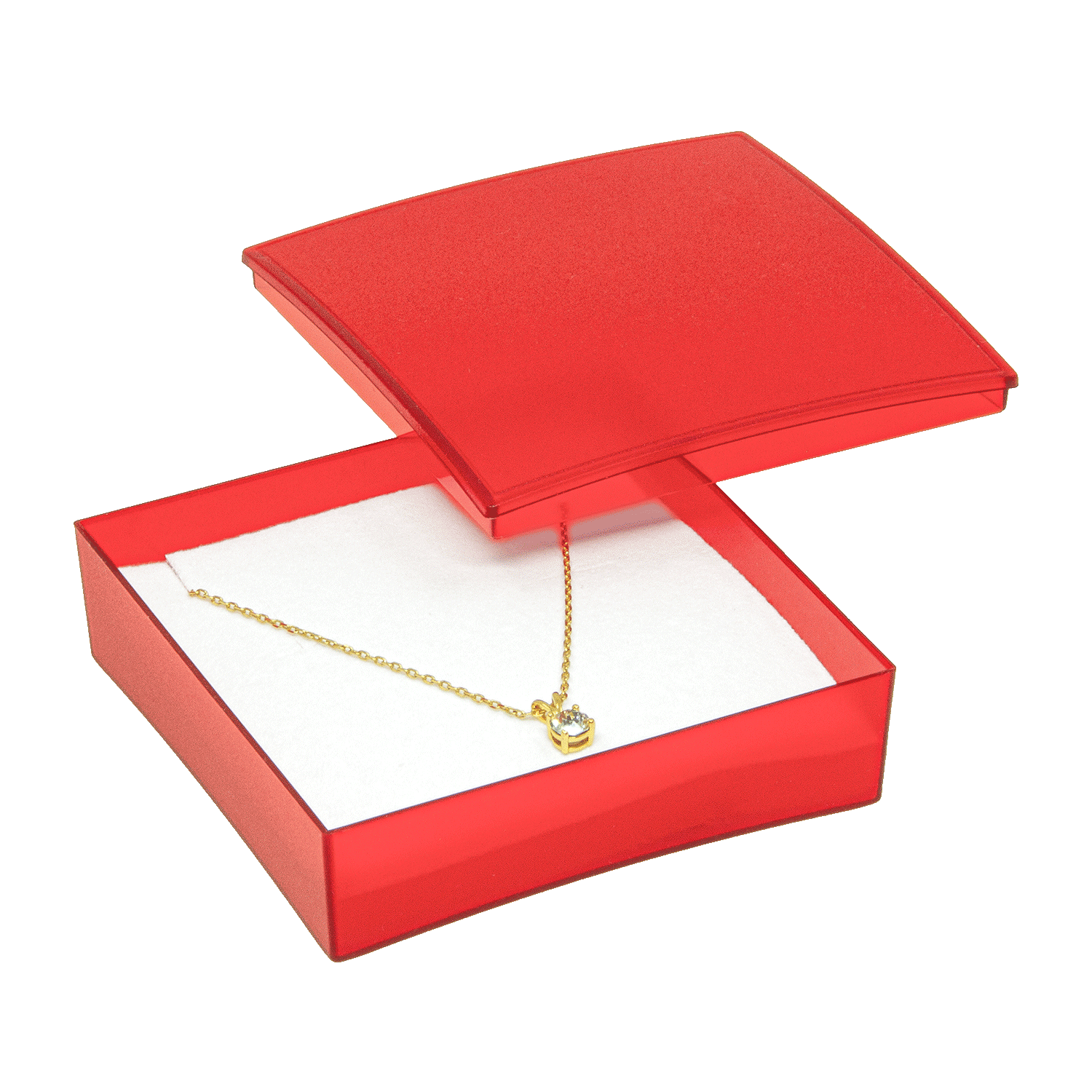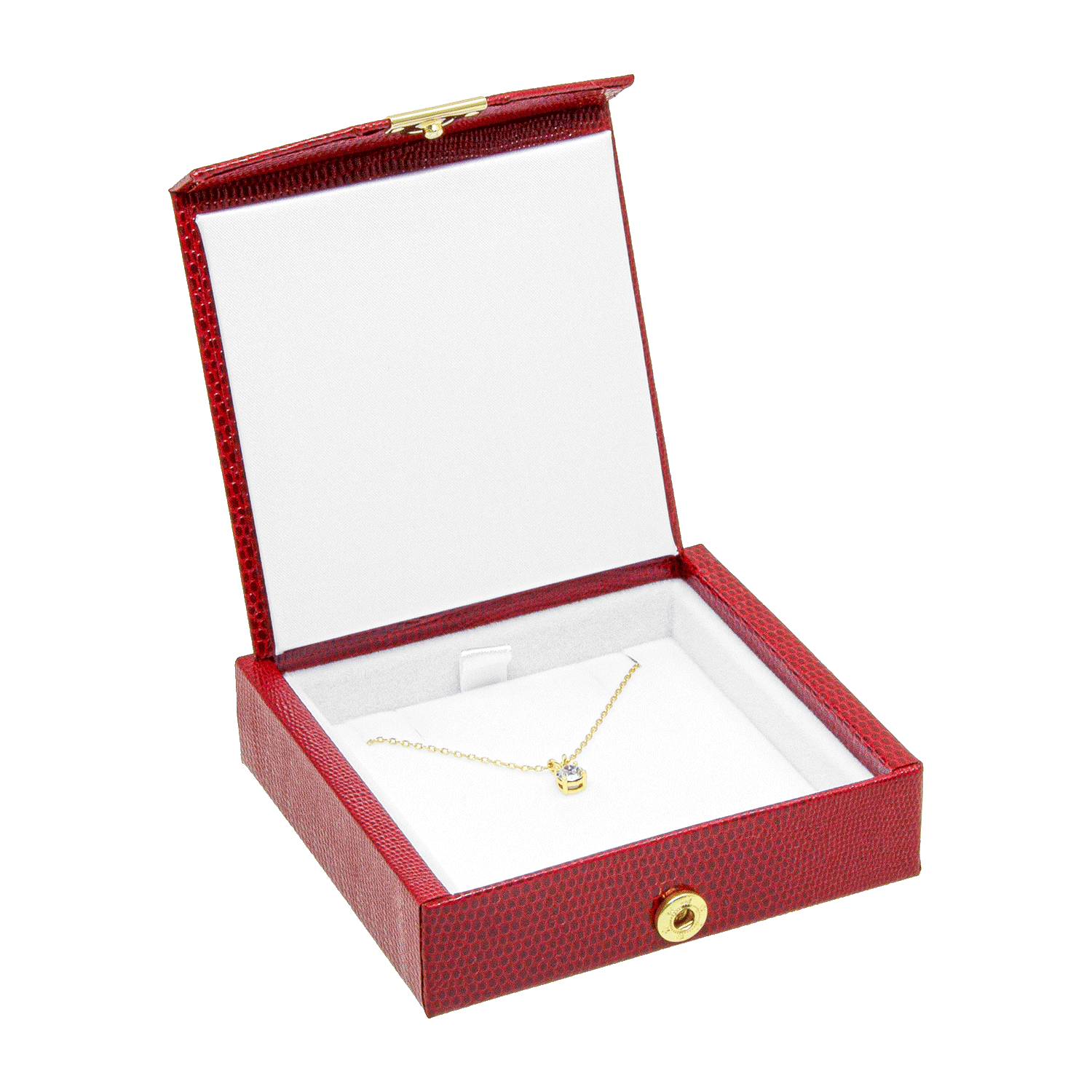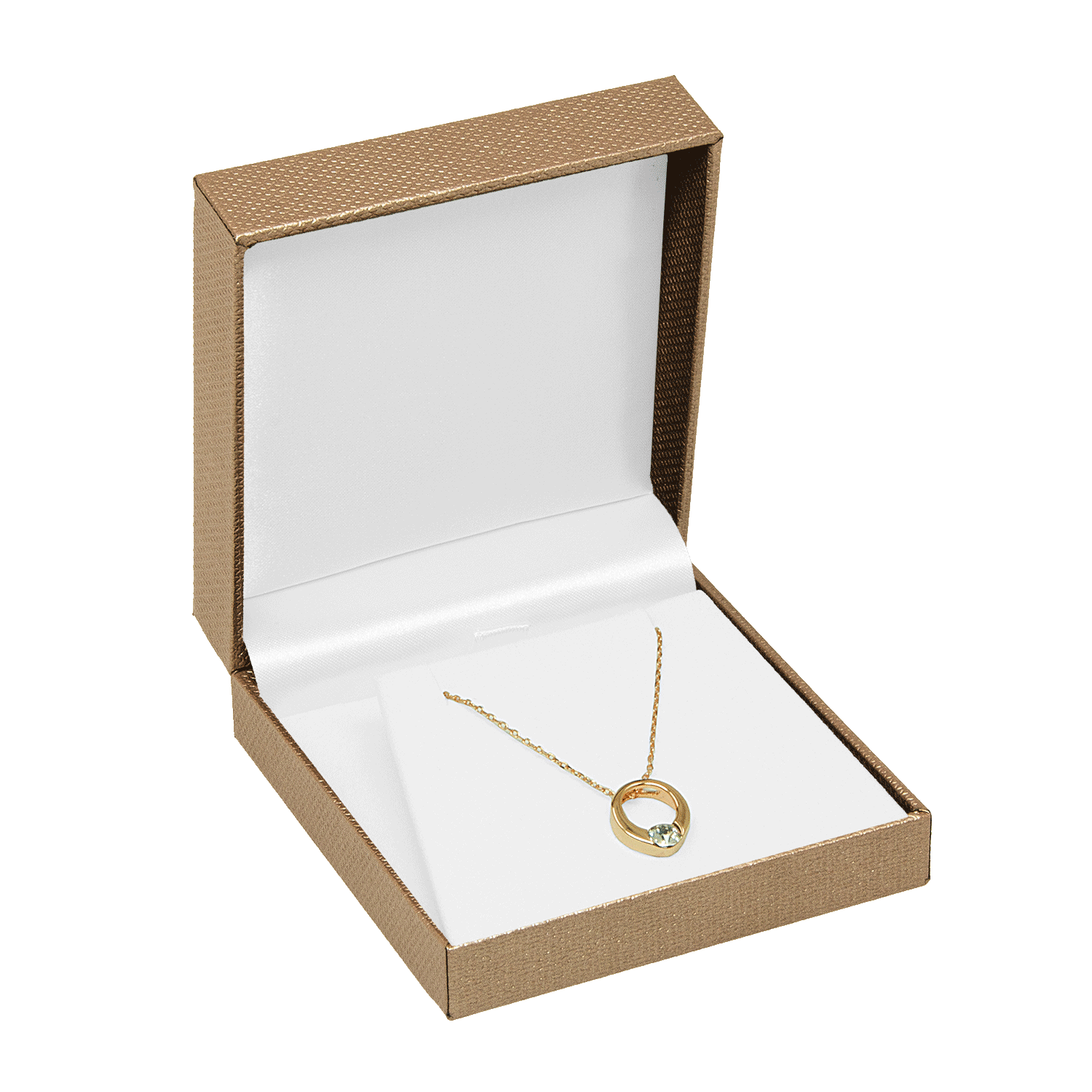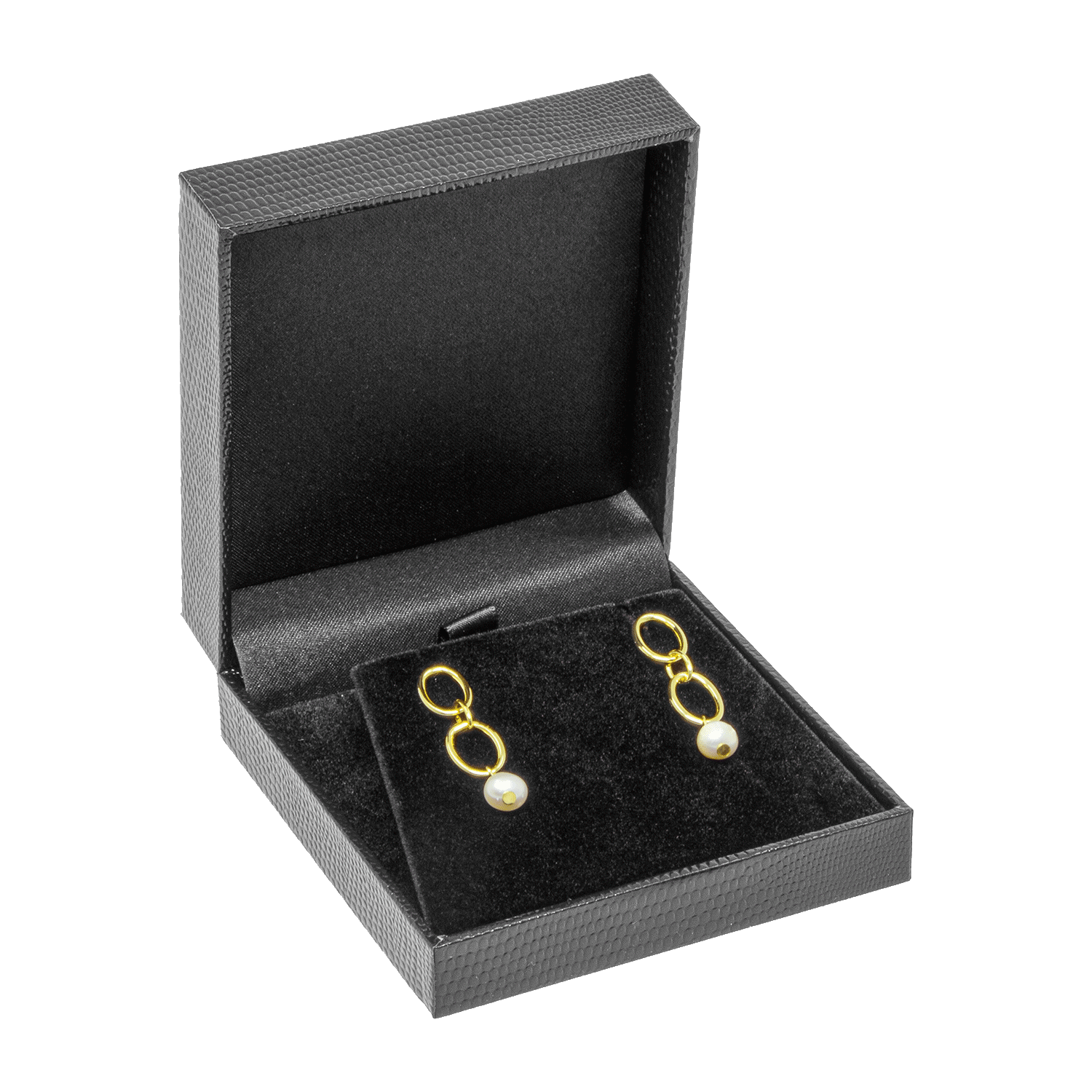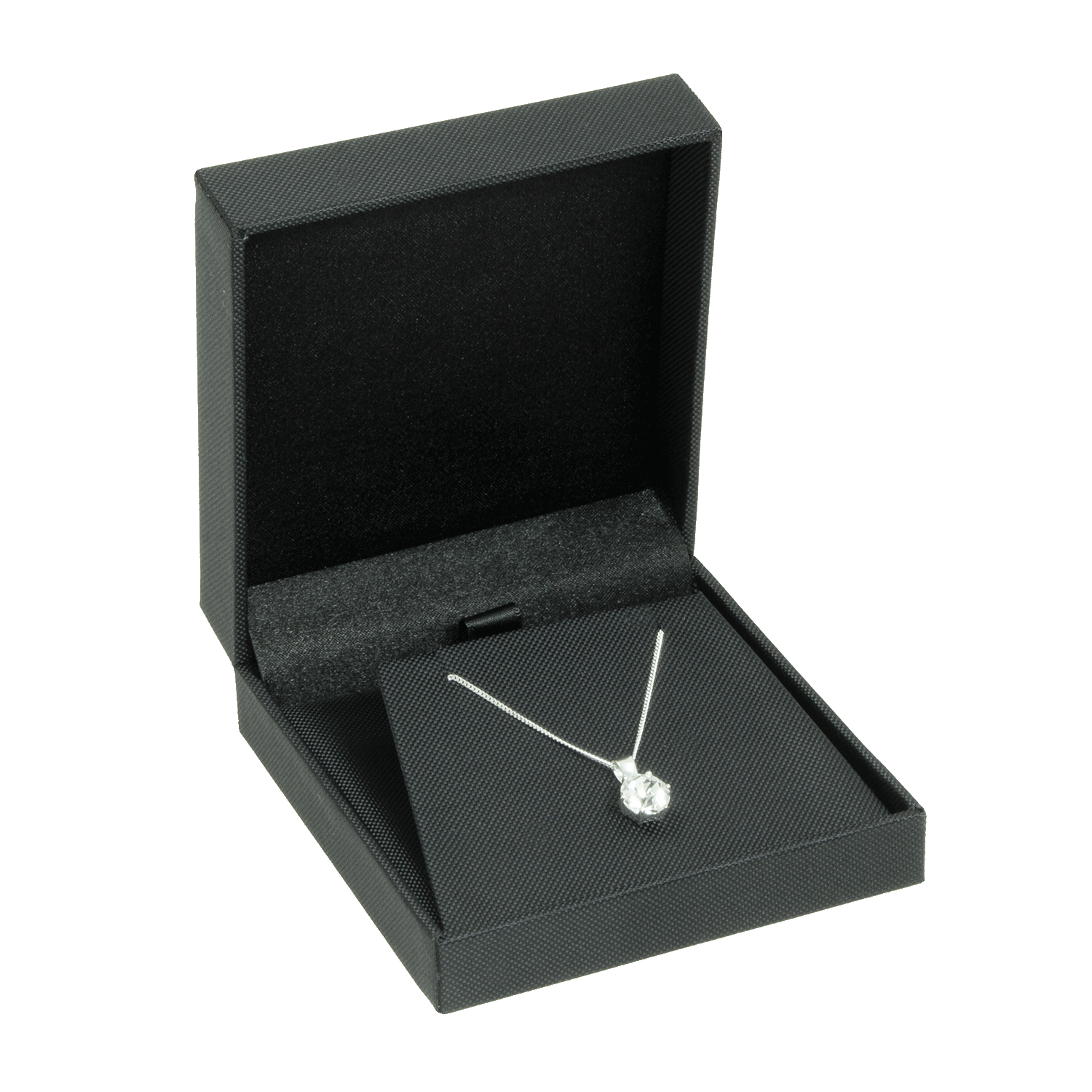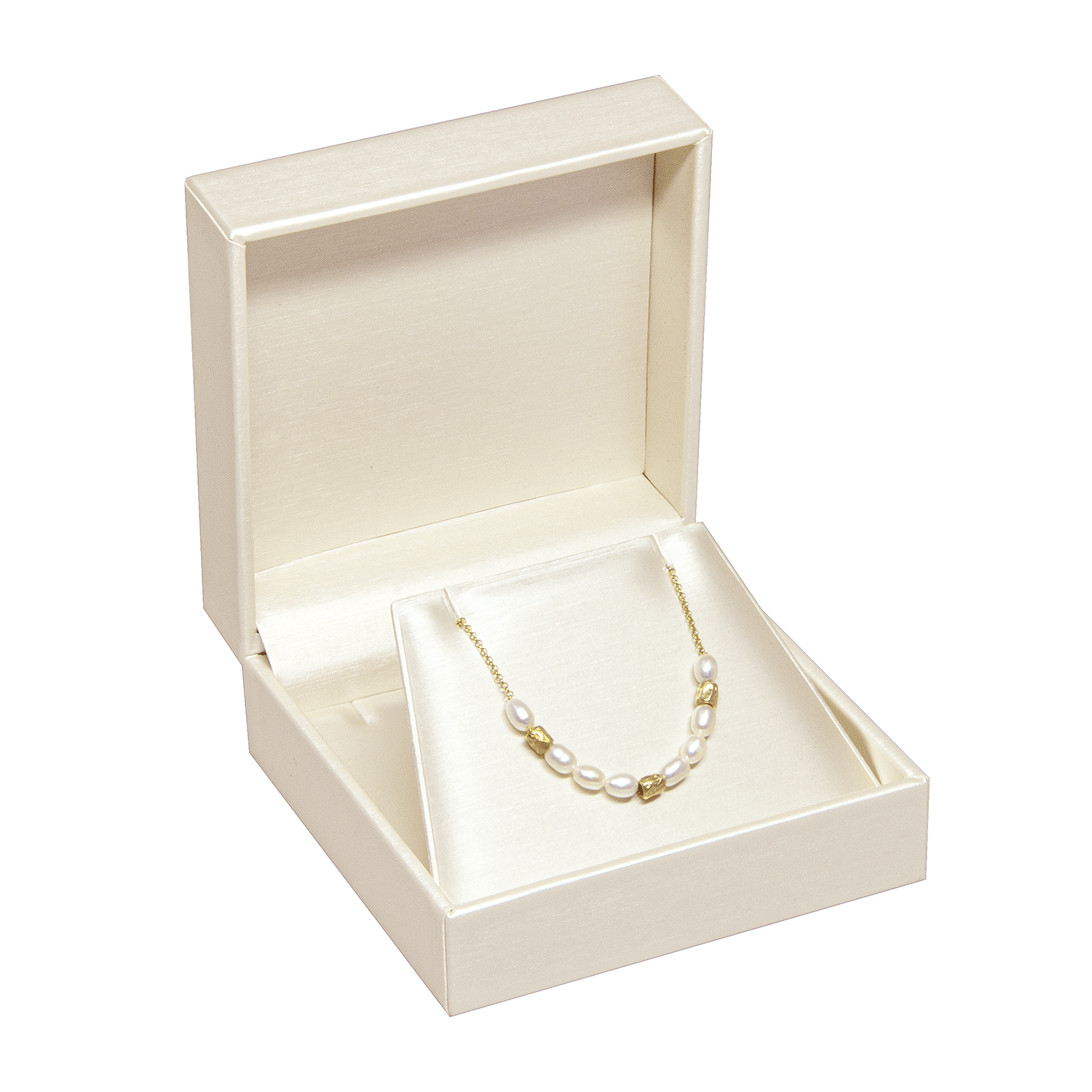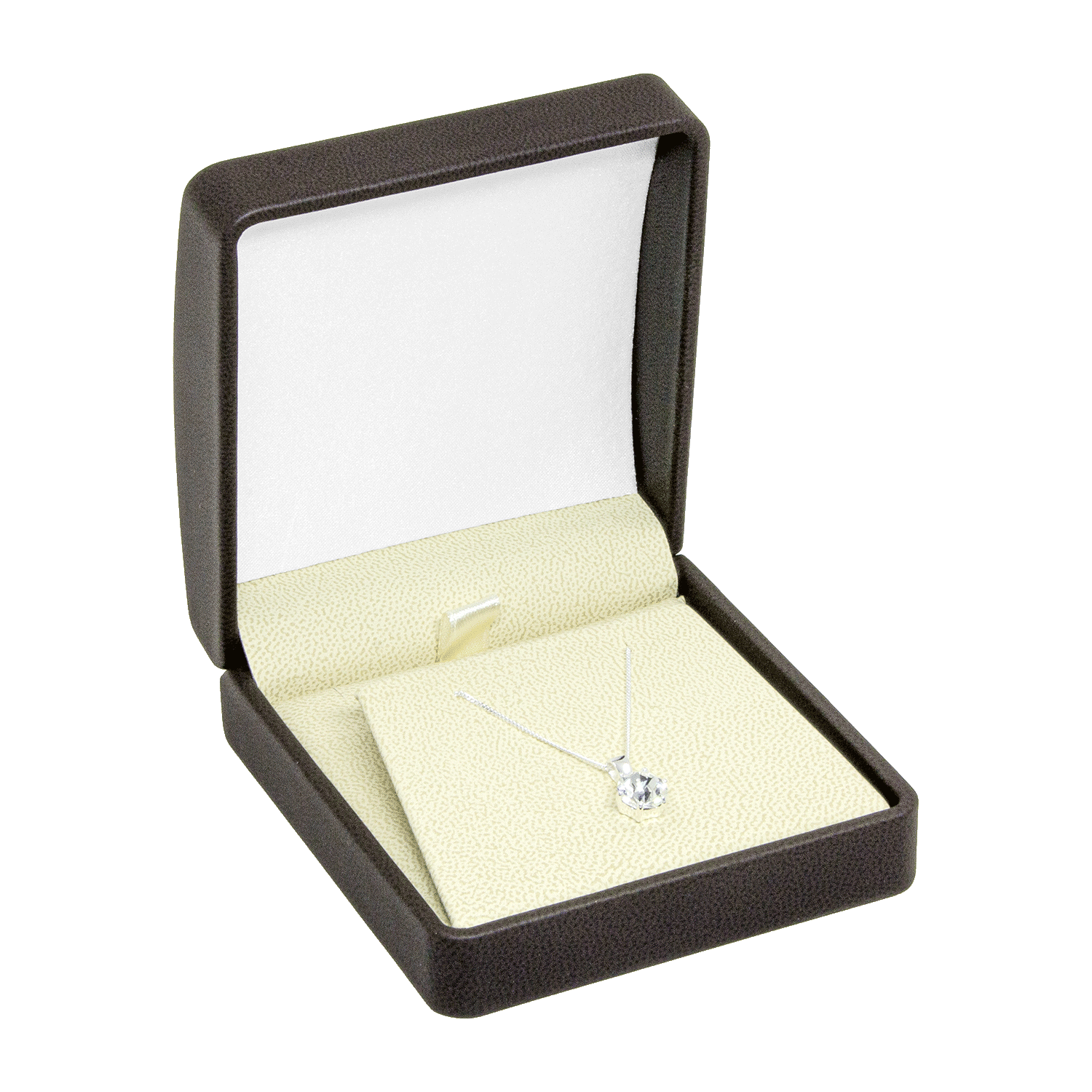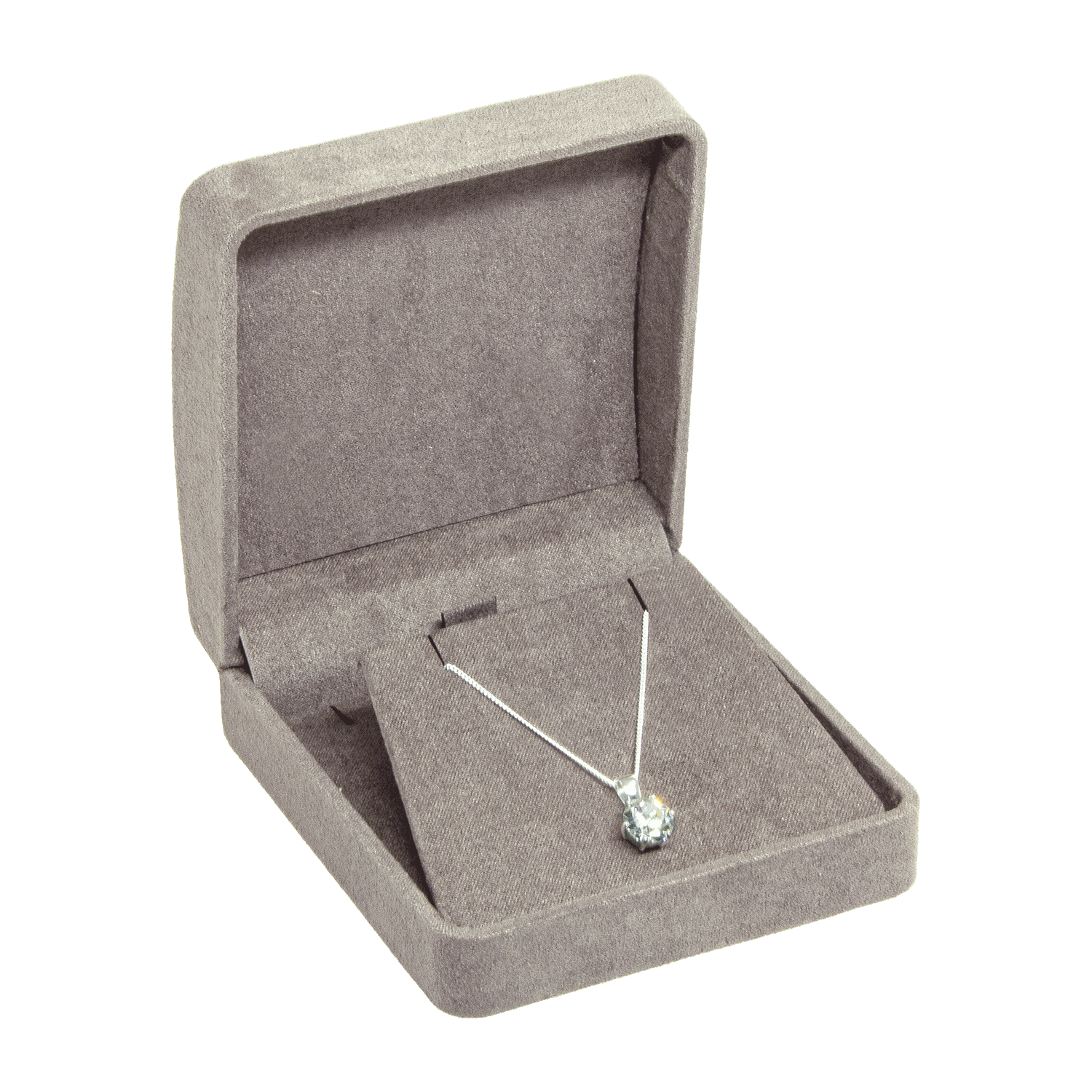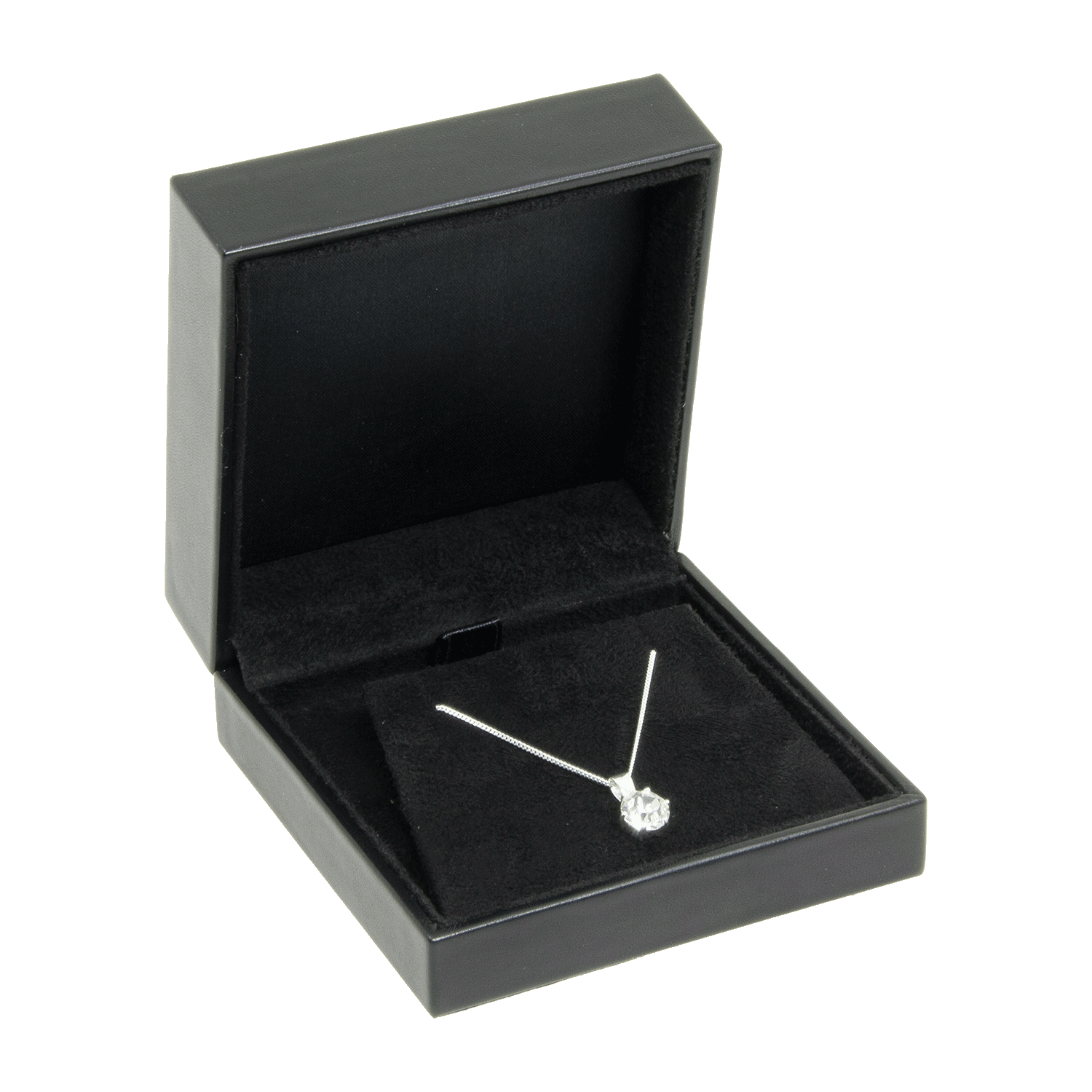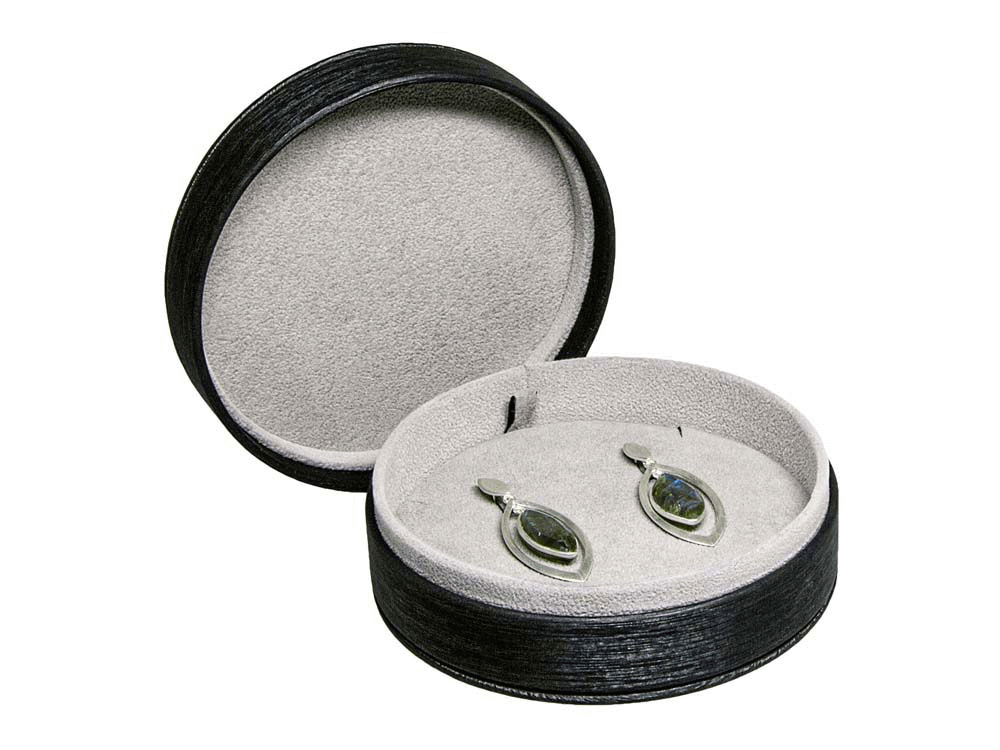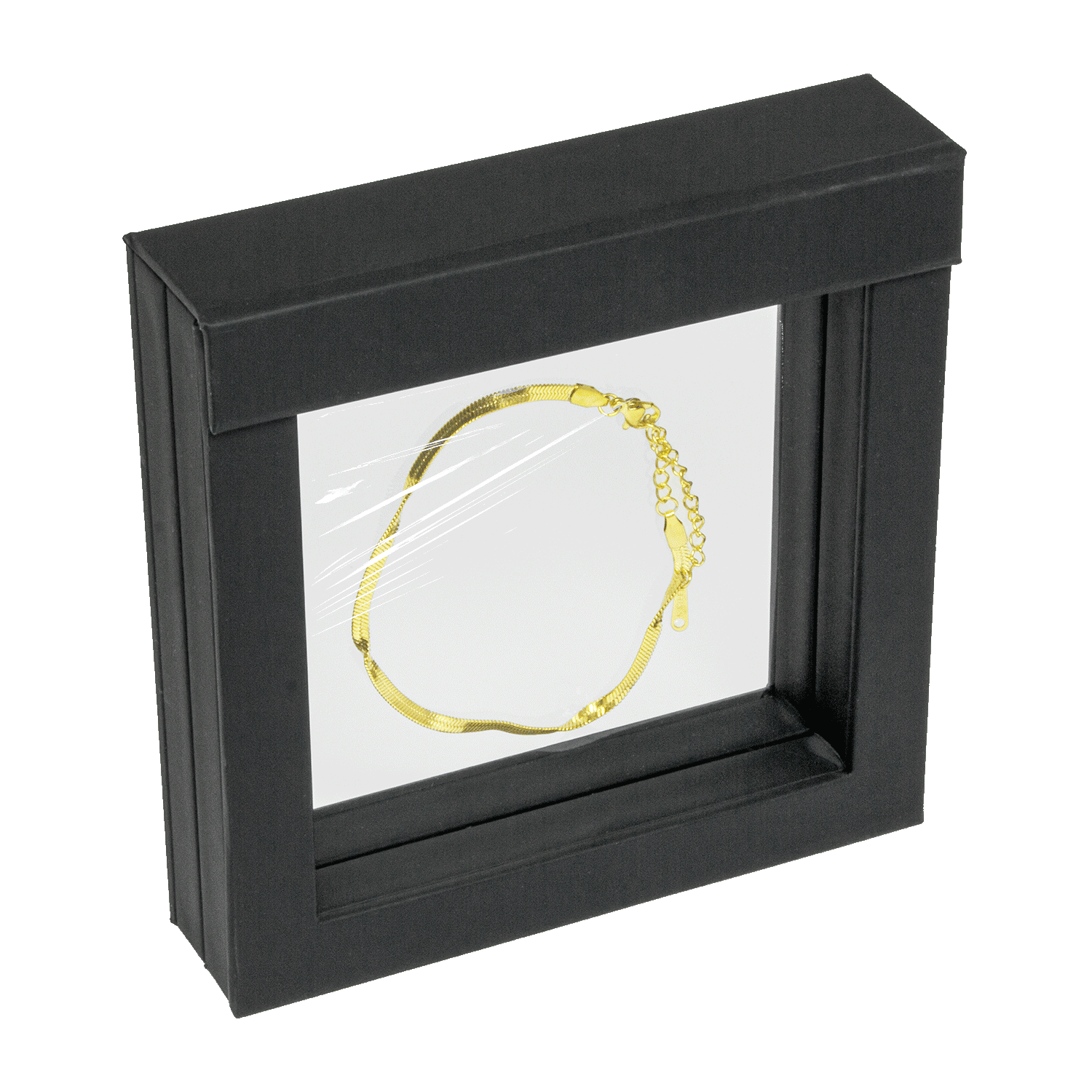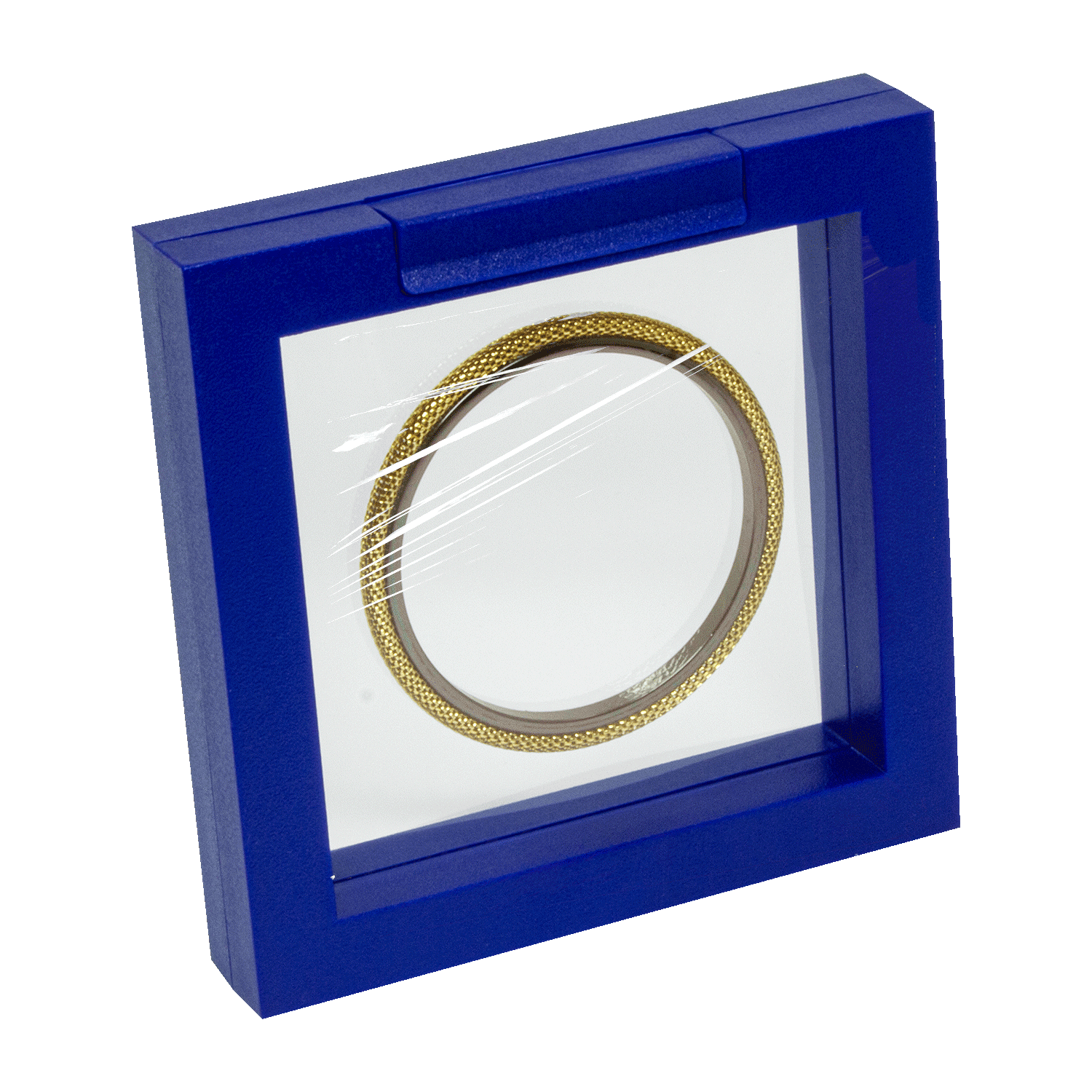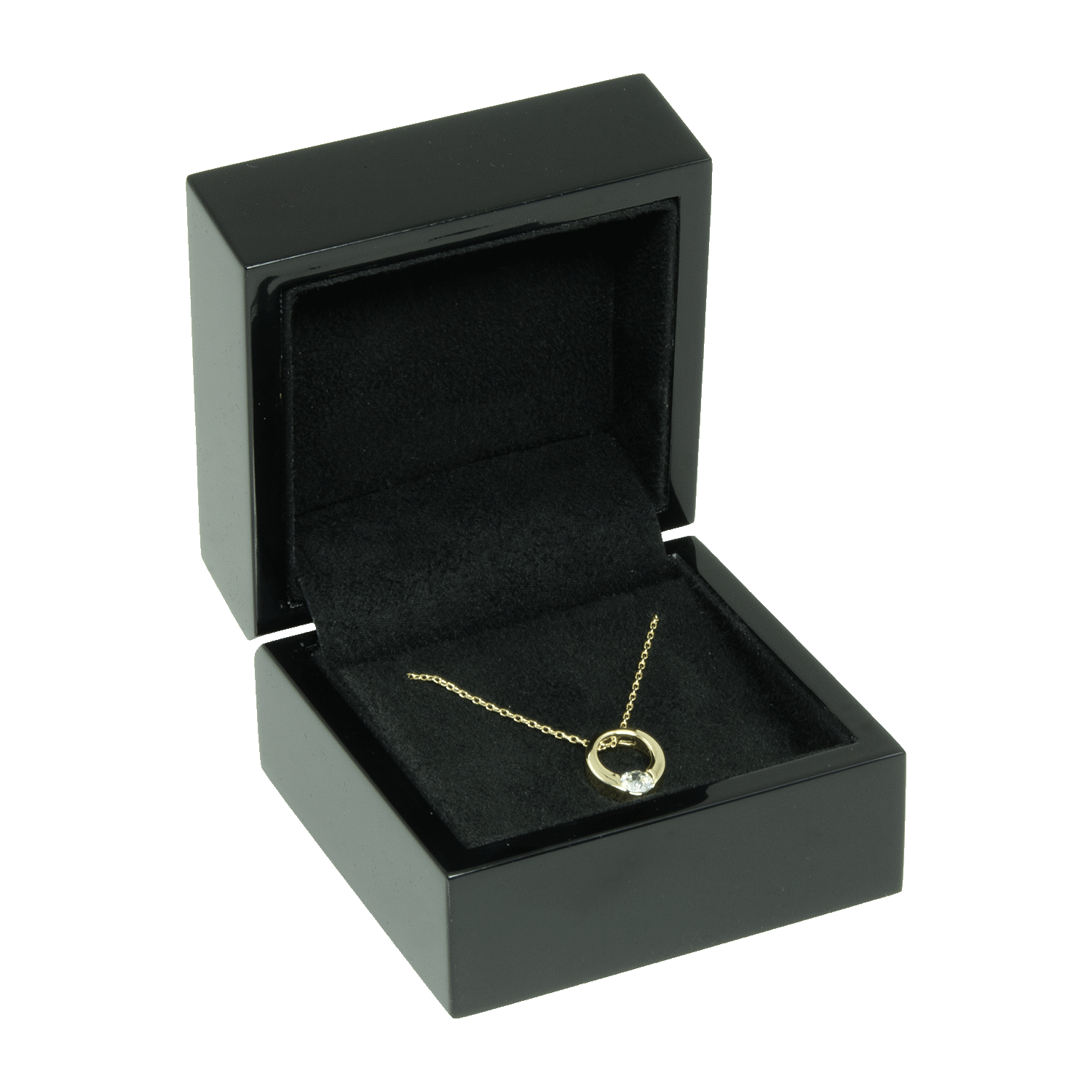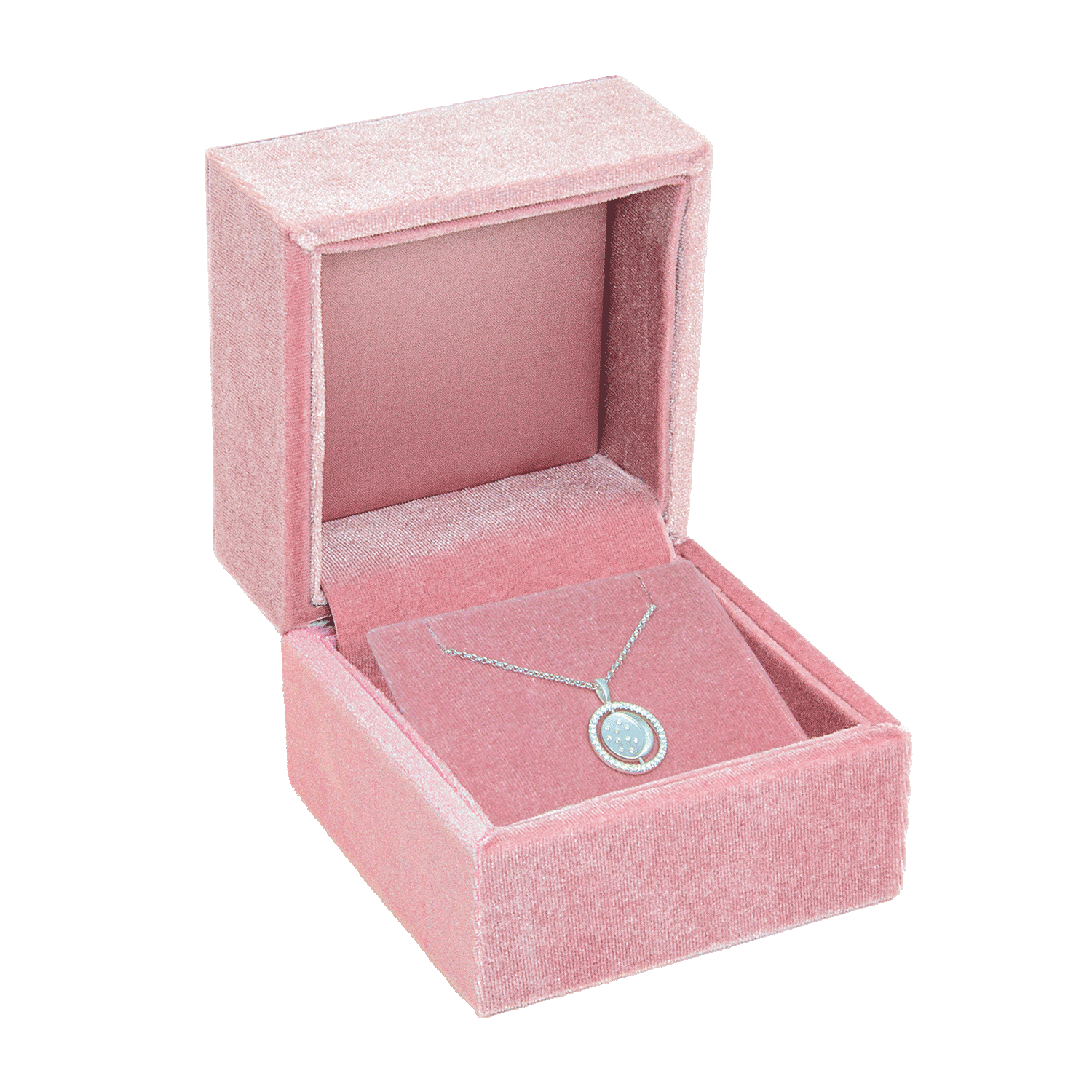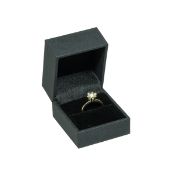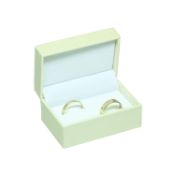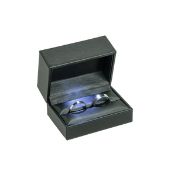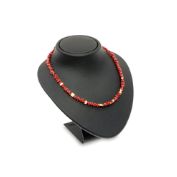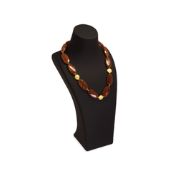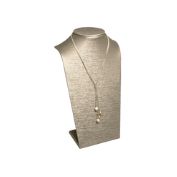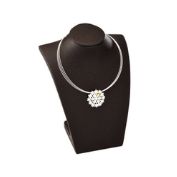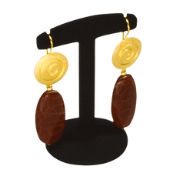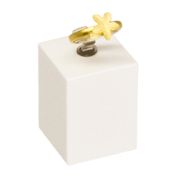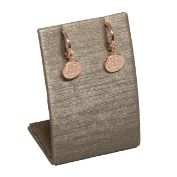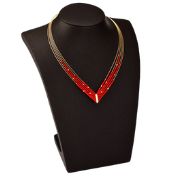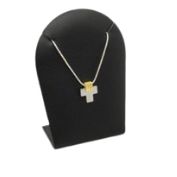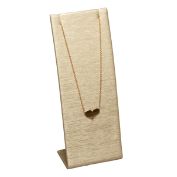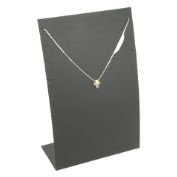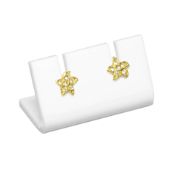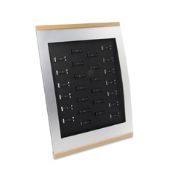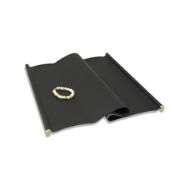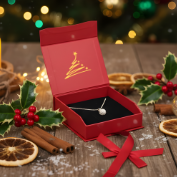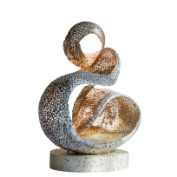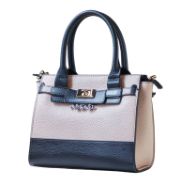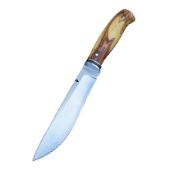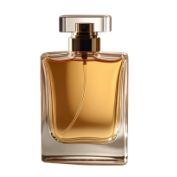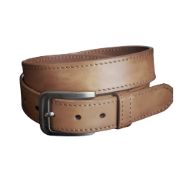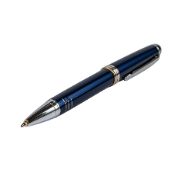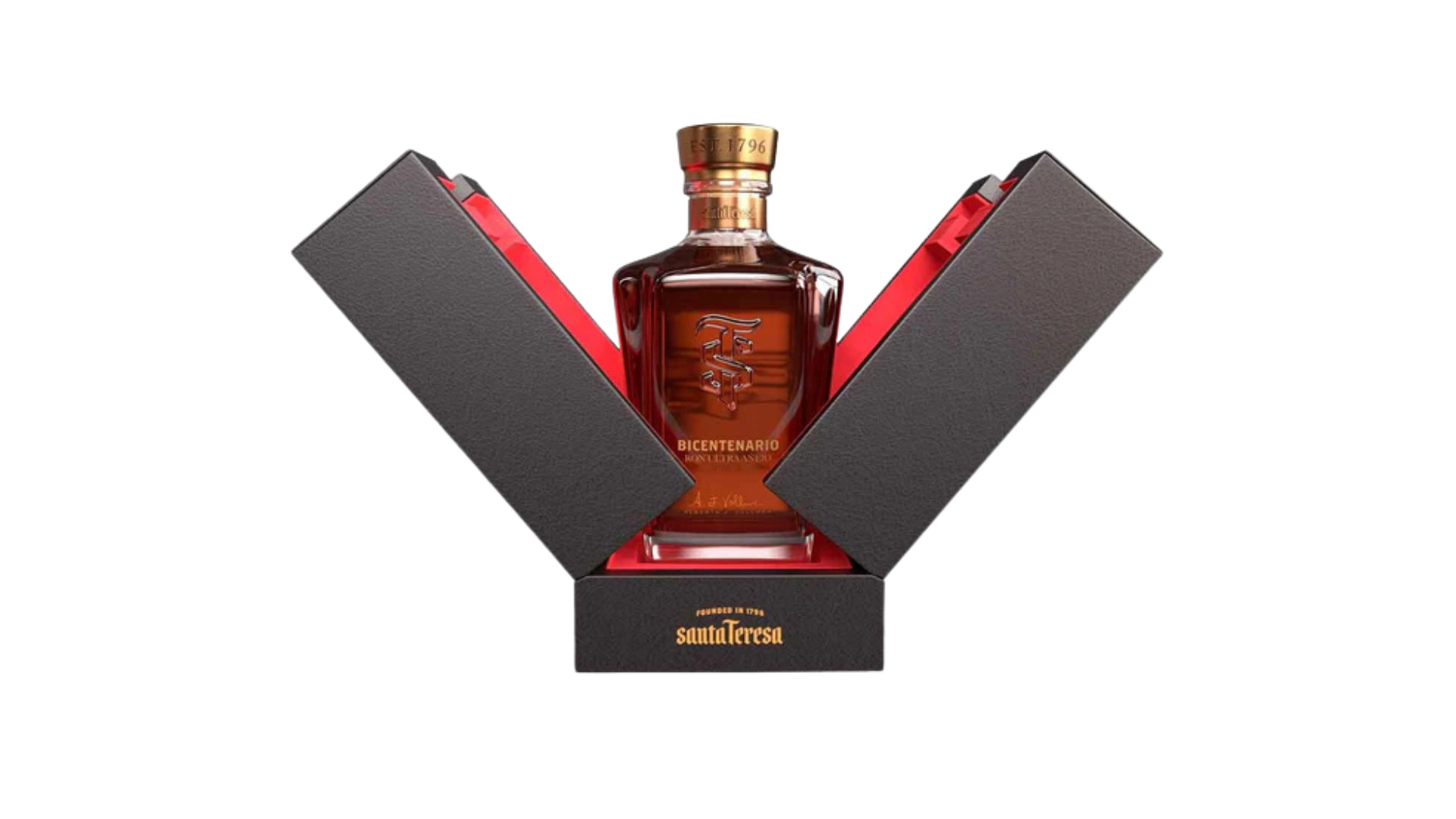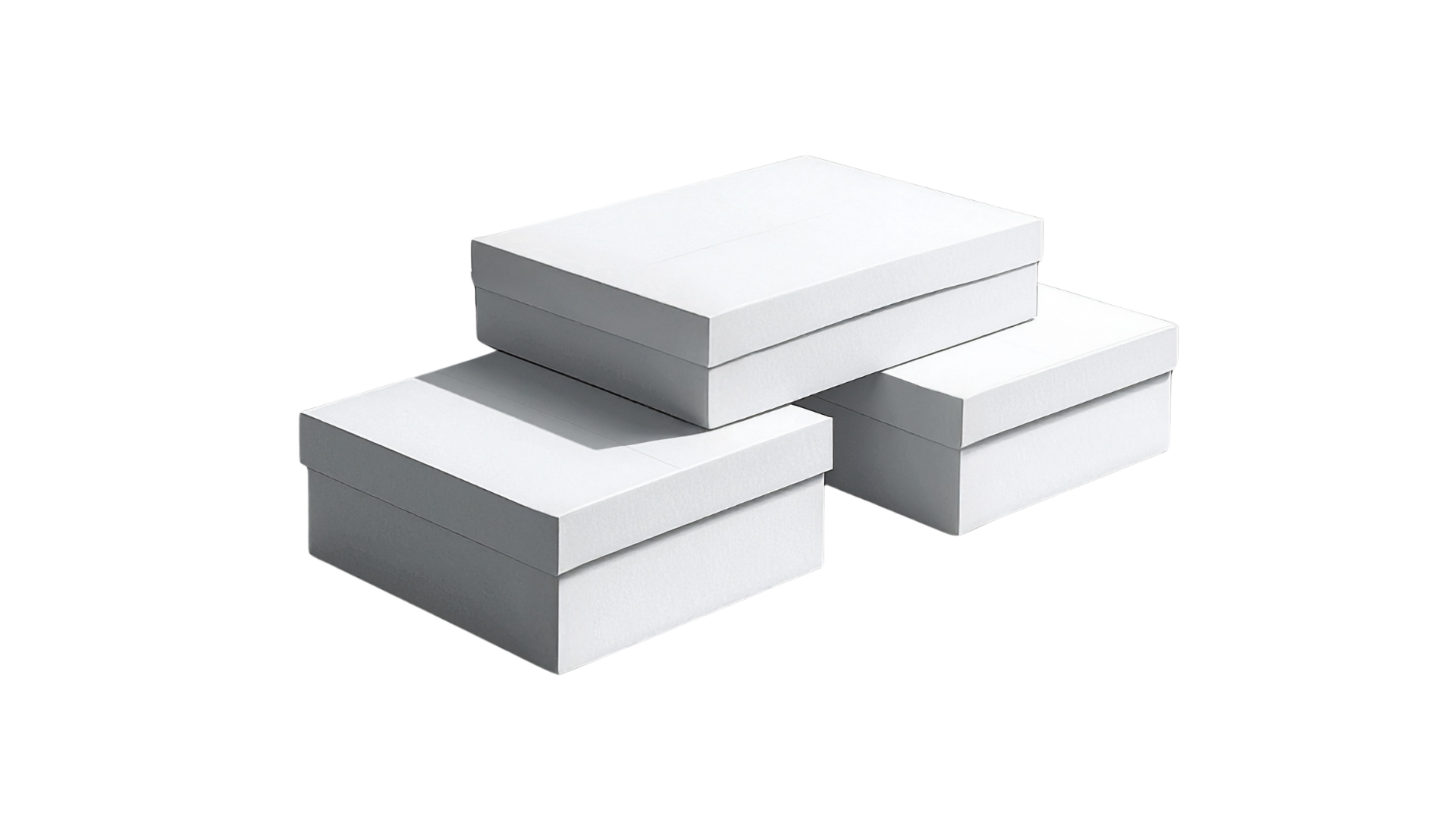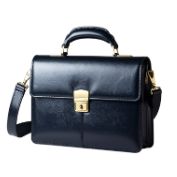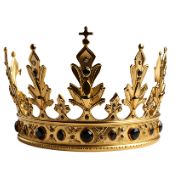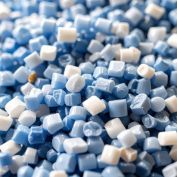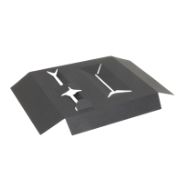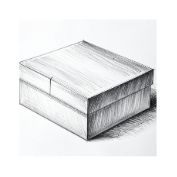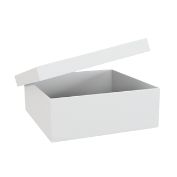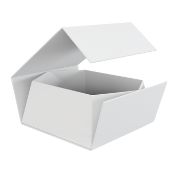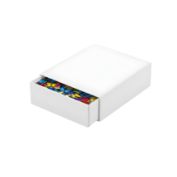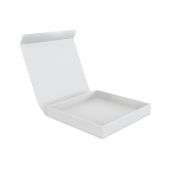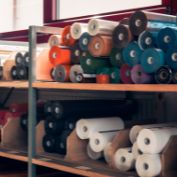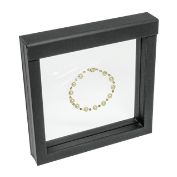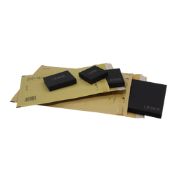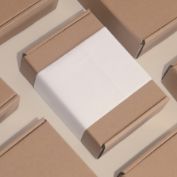STORING COINS
Whether it's a collector's item, commemorative coin or gift – if you trade in coins, you know that first impressions count. In the jewellery business in particular, it's not just the product that matters, but also how it is presented and stored. Scratches, fingerprints or the wrong materials? A no-go that can be avoided.
In this article, we show you how to store coins properly – safely, stylishly and in a way that meets the expectations of your customers. You will learn what mistakes are commonly made, what storage options are available and what really matters when making your choice. Plus: a few practical tips that you can put into practice right away. Let's get started!
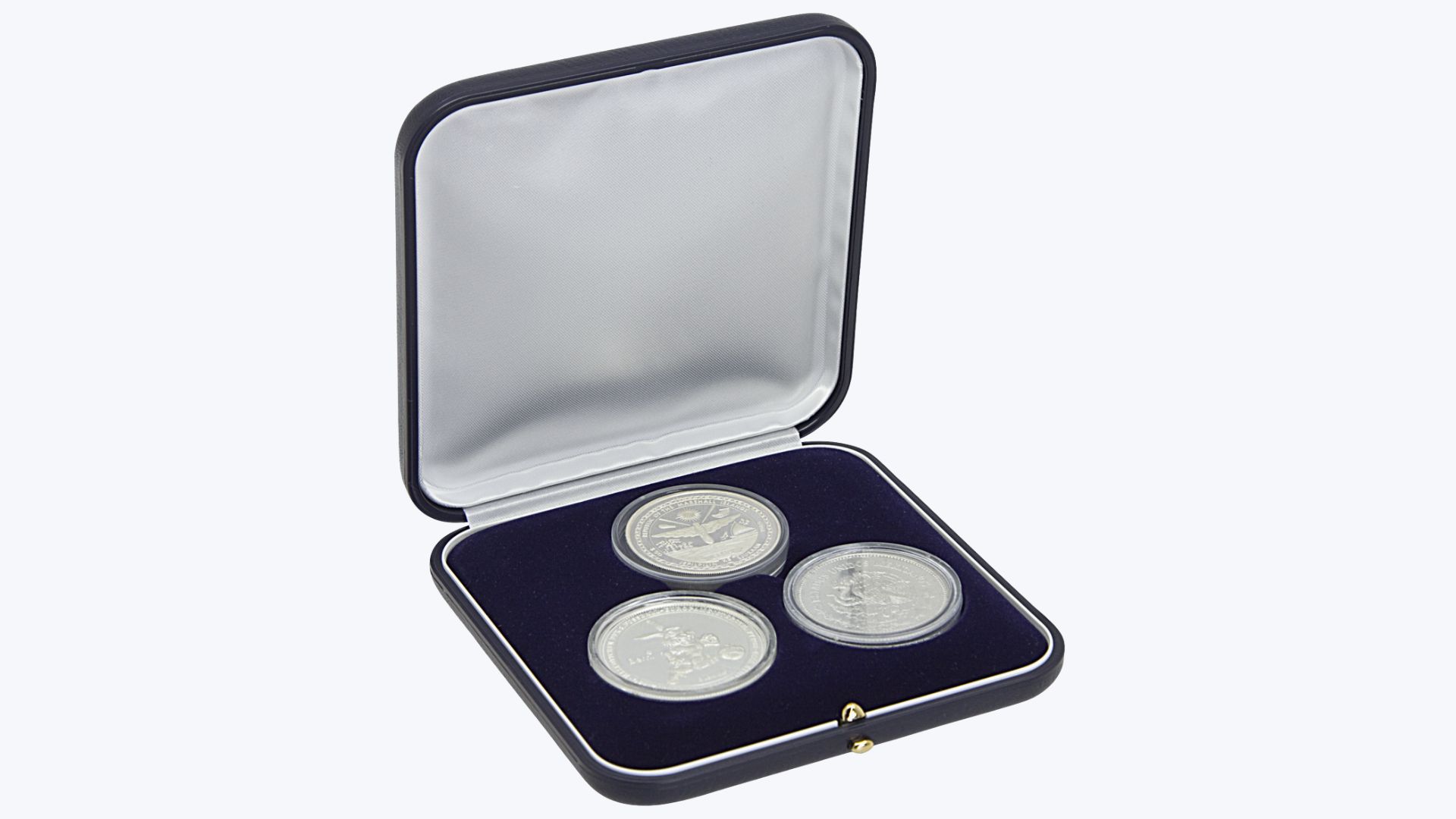
Why is proper coin storage important?
It is not the precious metal alone that makes a coin special, but rather the combination of its condition and presentation. High-quality presentation and flawless condition make this coin a highly desirable item!
What many people underestimate: even fingerprints, humidity or the wrong case can leave permanent marks. Scratches, discolouration, tarnishing – it all happens faster than you think.
For you as a jeweller or dealer, this means that proper coin storage is not a nice extra, but a must. Only those who protect their coins professionally can ensure that they retain their shine in the long term and leave the right impression on customers.
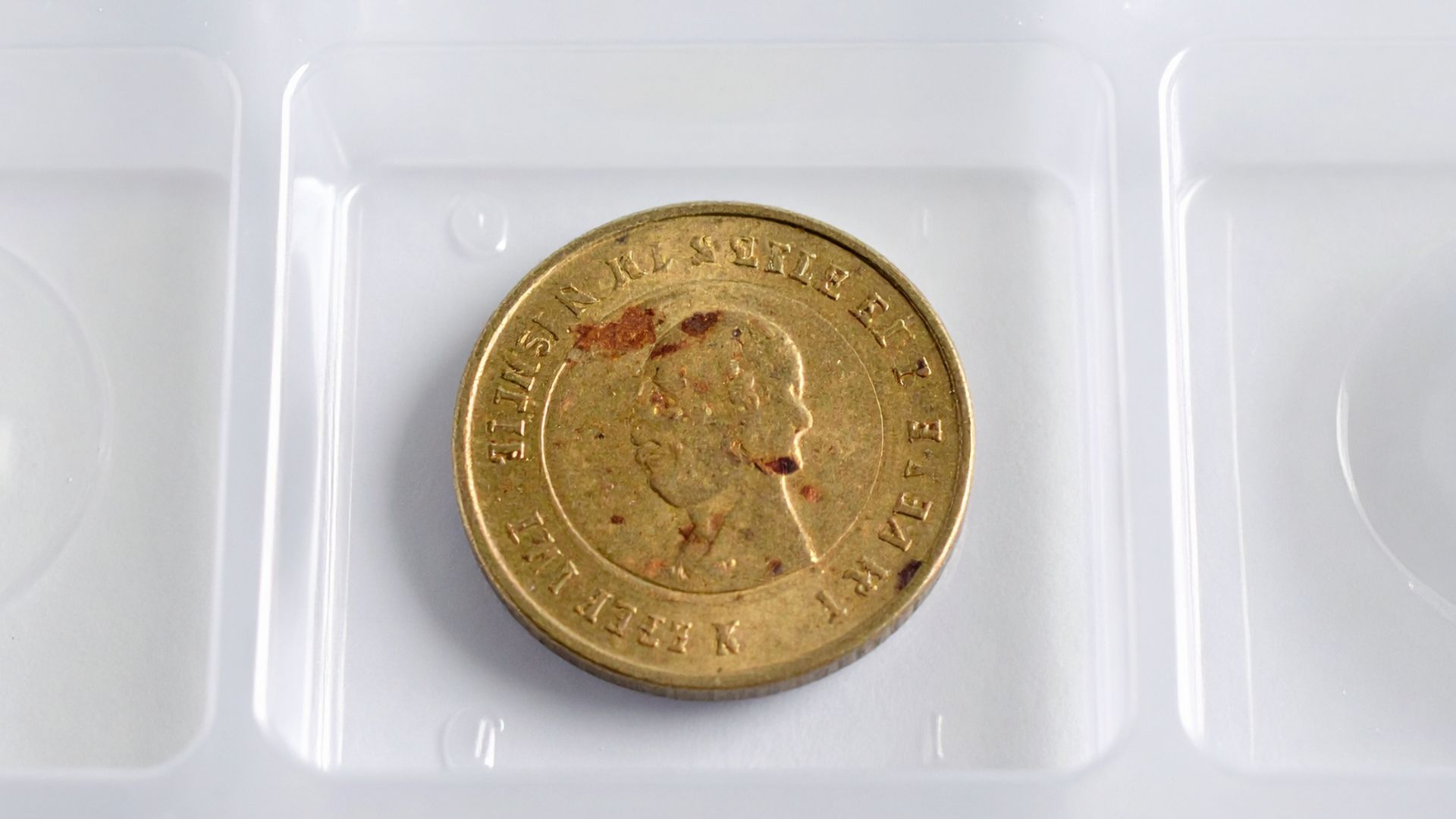
No-Gos for coin storage
In theory, storing coins seems quite simple. However, in practice, it is often the small, everyday mistakes that cause significant damage.
Whether in store, during transport or handling: if you don't pay close attention, you risk permanent loss of value.
Things like direct skin contact, air and moisture, or choosing the wrong packaging material are particularly tricky.
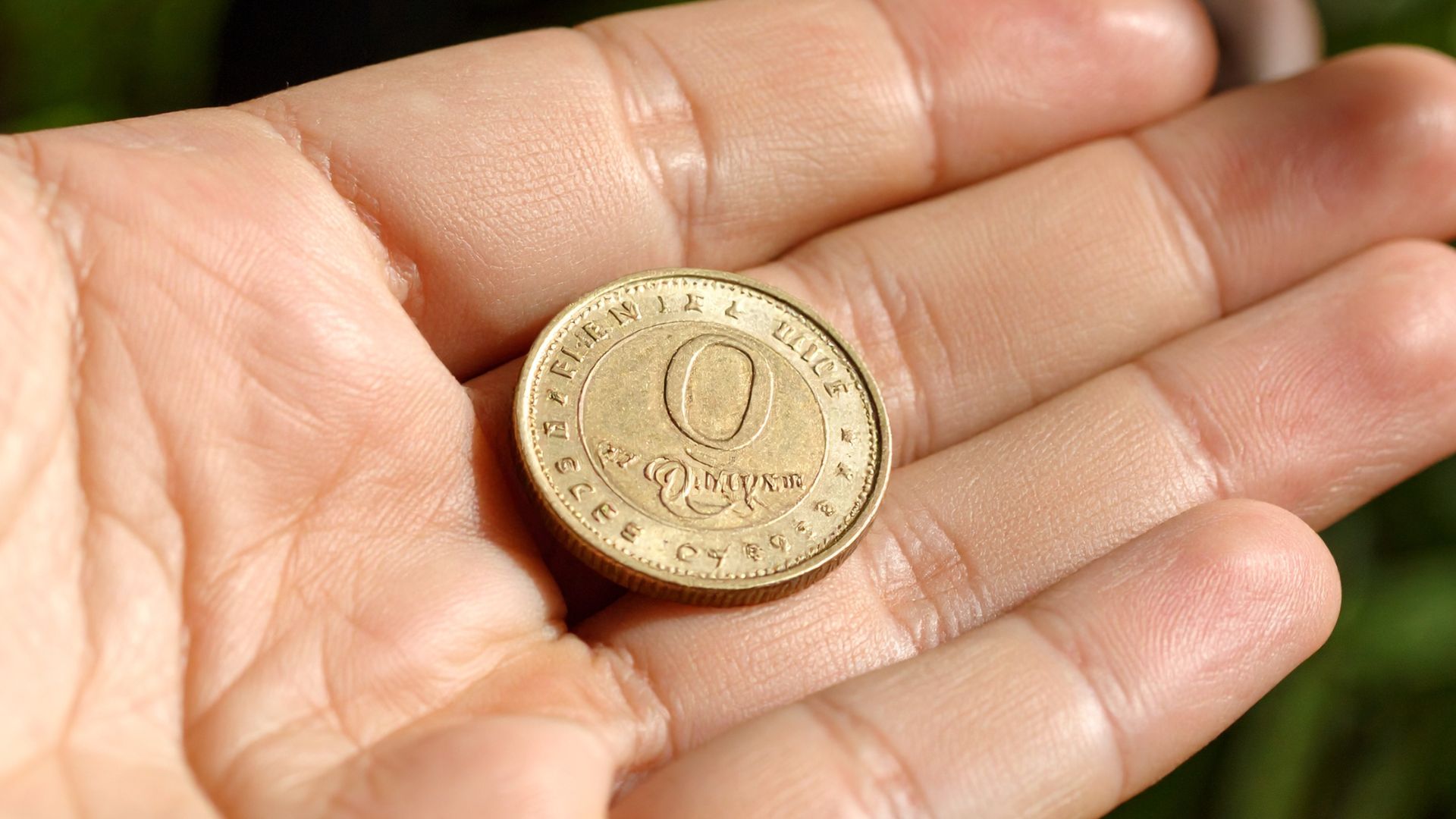
No-Go:
Direct skin contact.
It happens so quickly: a coin is lying on the table, you reach for it – and bang, there's your first fingerprint. Sounds harmless, but it's not. Our skin constantly secretes oil, sweat and acids. These cause unsightly marks to appear on surfaces.
Silver and gold coins or pieces with polished surfaces are particularly sensitive. Even brief contact is enough to cause discolouration, dull spots or streaks. And the worst thing is that once it's there, it's almost impossible to remove.
So, to be clear: hands off – at least without gloves.
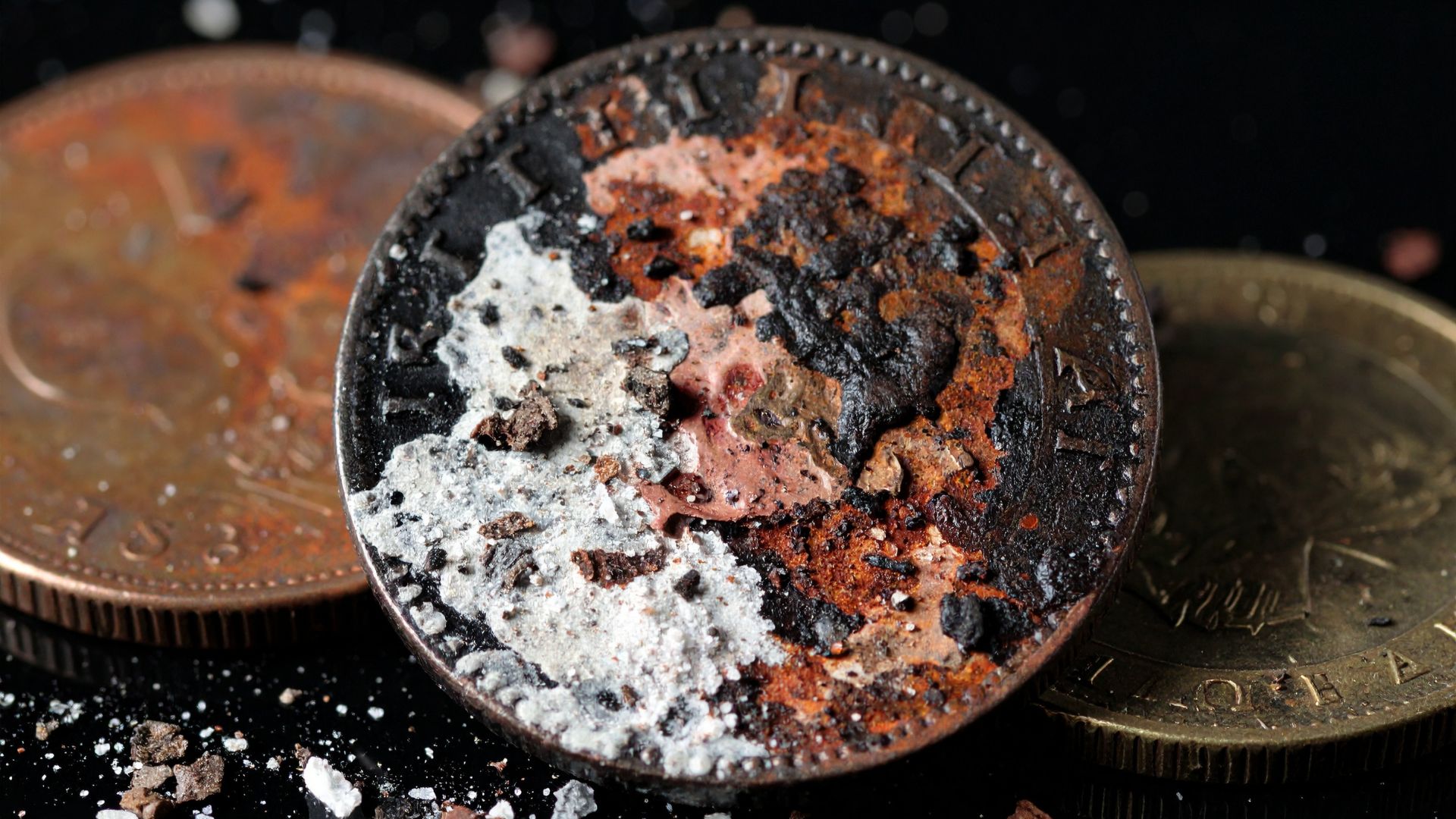
No-Go:
Oxidation.
What you cannot see can still cause damage – air is the best example. This is because the oxygen in the air reacts with the metal surfaces of coins.
The result: oxidation. This often manifests itself in the form of unsightly discolouration, stains or tarnish – especially on silver.
The longer coins are exposed to the air without protection, the greater the risk. This can be particularly annoying in the case of high-quality finished or mirror-polished pieces.
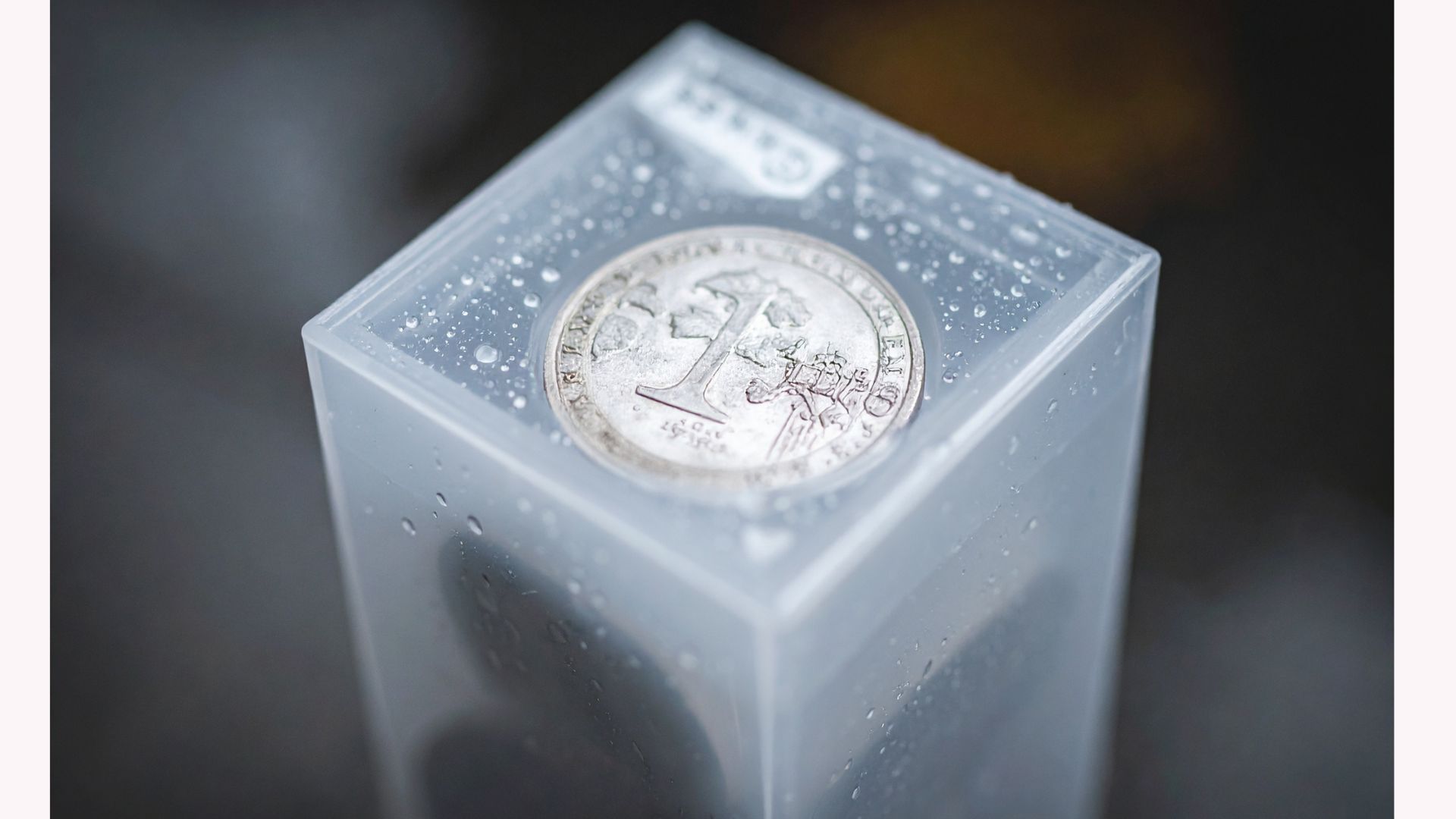
No-Go:
Moisture & fluctuating temperatures.
Moisture is the silent enemy of every coin and is often underestimated. Even slightly increased humidity causes metals such as silver to tarnish. If this is combined with a change in temperature, condensation forms – and that can cause real damage.
Corrosion, stains, discolouration: these things happen gradually. Anyone who stores coins in the basement, attic or near radiators is taking a risk. Display cases in shop windows are also tricky if the temperature and light constantly change.
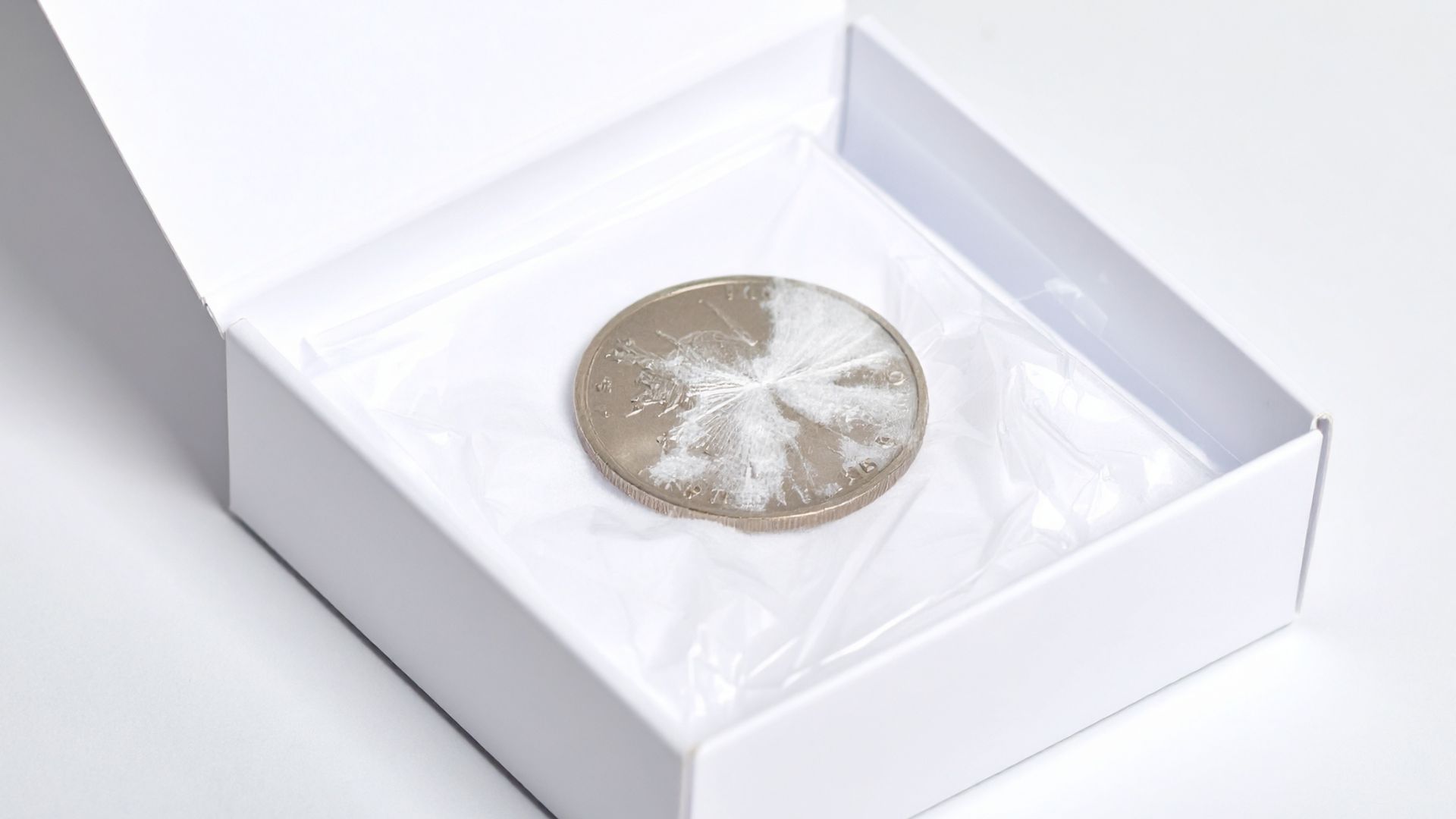
No-Go:
Unsuitable materials.
Not all packaging protects – some even cause damage.
Particularly critical: soft plastic or cases containing plasticisers. These can react with the surface of the coins and cause discolouration or leave sticky residues over time.
Even simple cardboard boxes or plastics without a suitable coating often do not offer sufficient protection. Especially for high-quality coins, it is worth looking for acid-free materials that have been specially developed for coin storage.
Coin storage checklist
How to: Store coins
Handling
When handling the product, it is best to wear cotton gloves to avoid fingerprints and acid traces.
Cleaning
You should never use aggressive cleaning agents. Chemical agents can permanently damage the surface.
Temperature
Ensure consistent temperatures and low humidity. This protects against tarnishing and corrosion.
Storage
Never store coins directly next to other metals. Contact can cause chemical reactions and leave unsightly marks.
How to: Store coins
Material
The packaging material should be acid-free and low-emission to ensure that the surface remains undamaged in the long term.
Format & size
The correct format and size are crucial. The coin should sit firmly but not be under pressure.
Intended use
Is the focus on sales or storage? For sales or gifts, the packaging can be a little more attractive, whereas for storage, protection is the main priority.
Customisation
When it comes to commemorative coins or corporate gifts, customisation is a real bonus. It turns the coin into a real eye-catcher with personality.
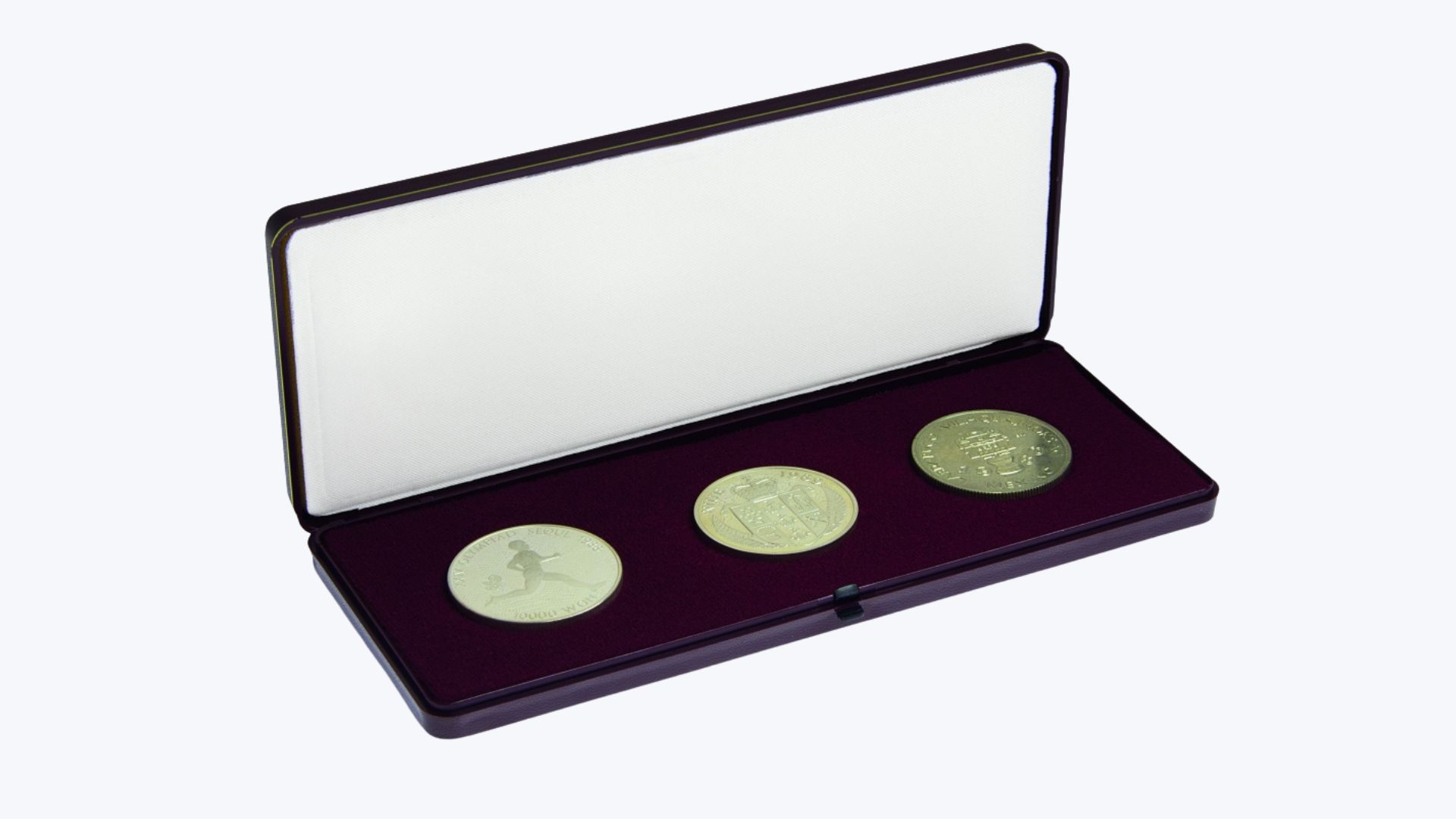
Customised packaging
A coin alone says a lot, but the right packaging says even more. Whether for anniversaries, limited editions or gifts, customised packaging creates recognition, strengthens your brand image and turns a product into an experience.
And best of all, there's no need for a loud logo or bright colours. A subtle embossing, a stylish insert or discreet branding are all you need to convey quality and professionalism.

Storing coins
appropriate for the occasion
We have realised various coin storage solutions for Borussia Dortmund: a classic case with a velvety inlay and a modern floating frame.
Both variants reliably protect the collector's items from dust and scratches, while at the same time enabling a high-quality presentation. This makes it clear how versatile coins can be stored and presented - whether traditionally in a case or stylishly floating in a frame.

We have what you need
Whether you need secure storage or stylish presentation, we have exactly the packaging your coins deserve. From classic coin capsules and high-quality cases to special solutions developed by us. We have exactly what you need!
A special highlight: our FRAME – the original floating frame that we developed ourselves. The coin appears to float freely inside, but is held securely in place by a flexible membrane. Ideal if you want to stylishly showcase your favourite pieces.
And if you like it individual: Packaging with logo, embossing or custom-fit inserts perfectly showcase your brand. Just get in touch with us – together we will find the perfect coin packaging for you!

